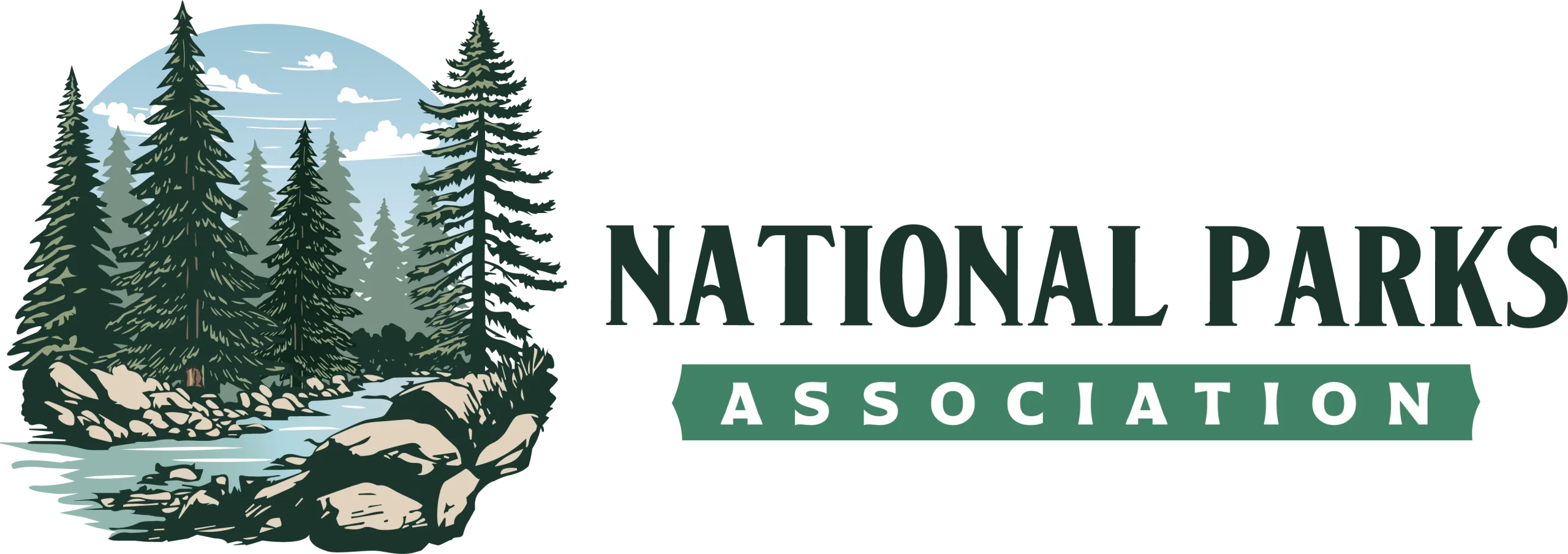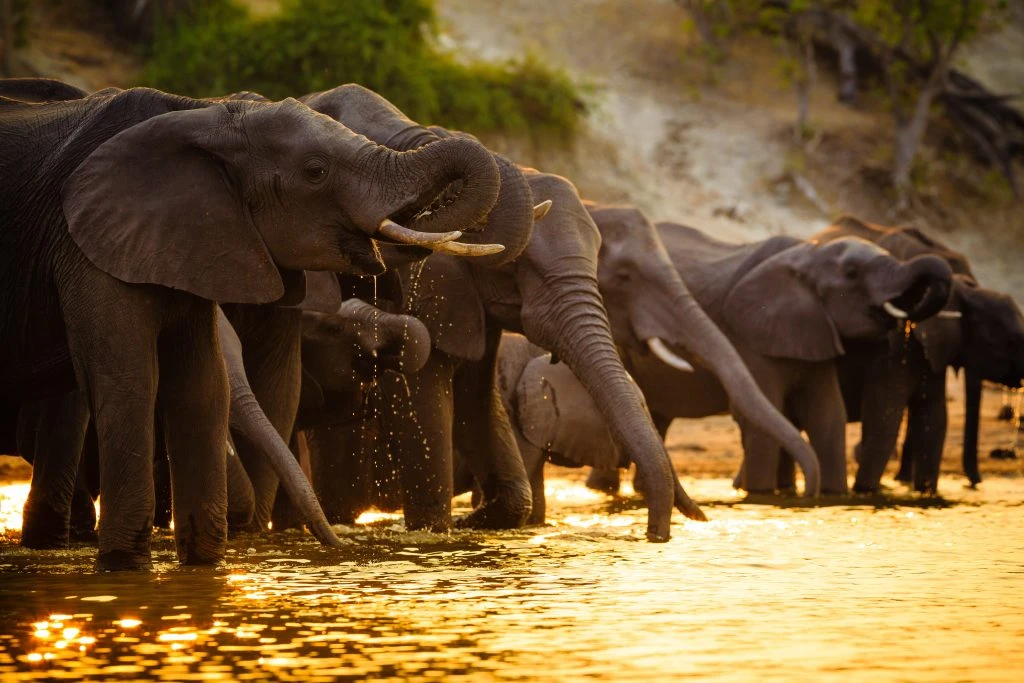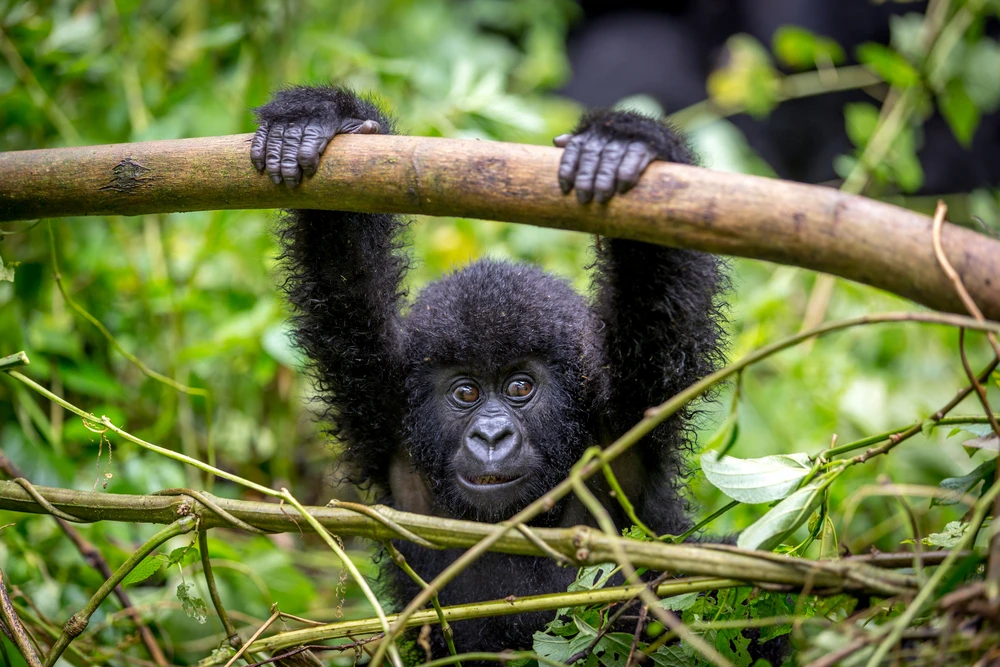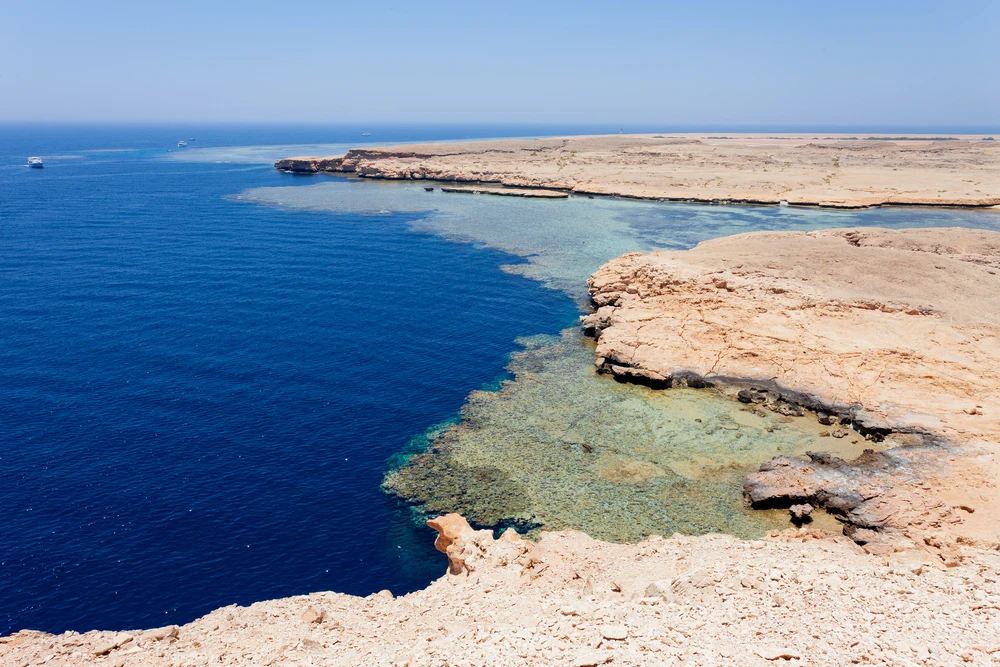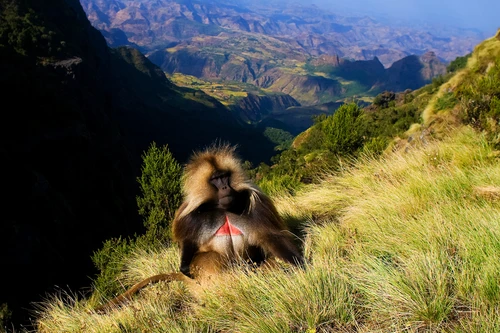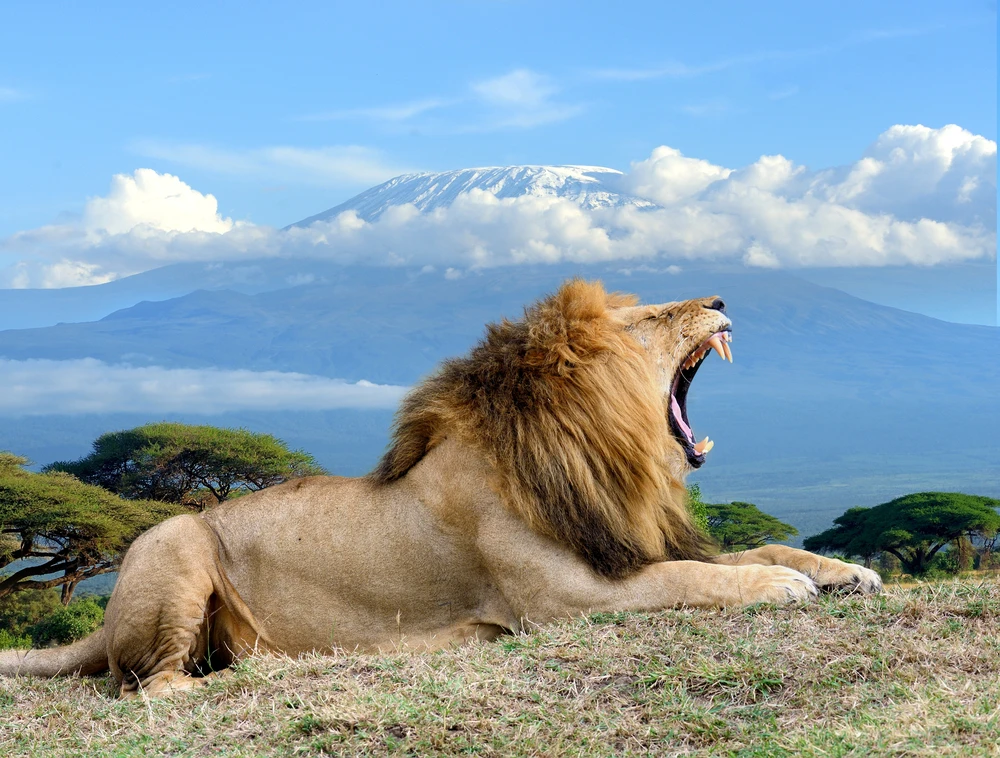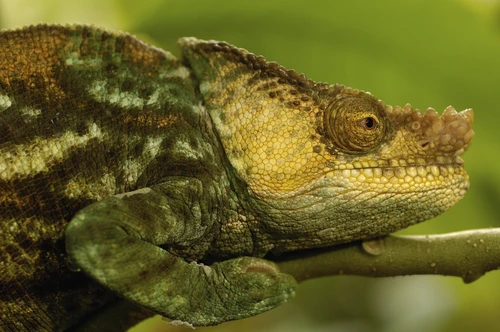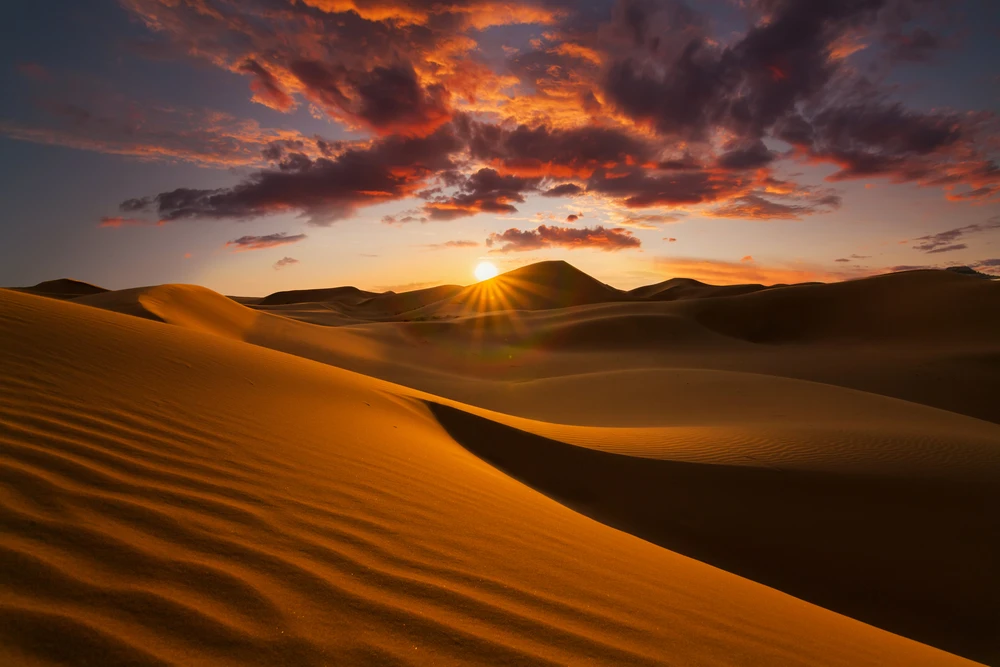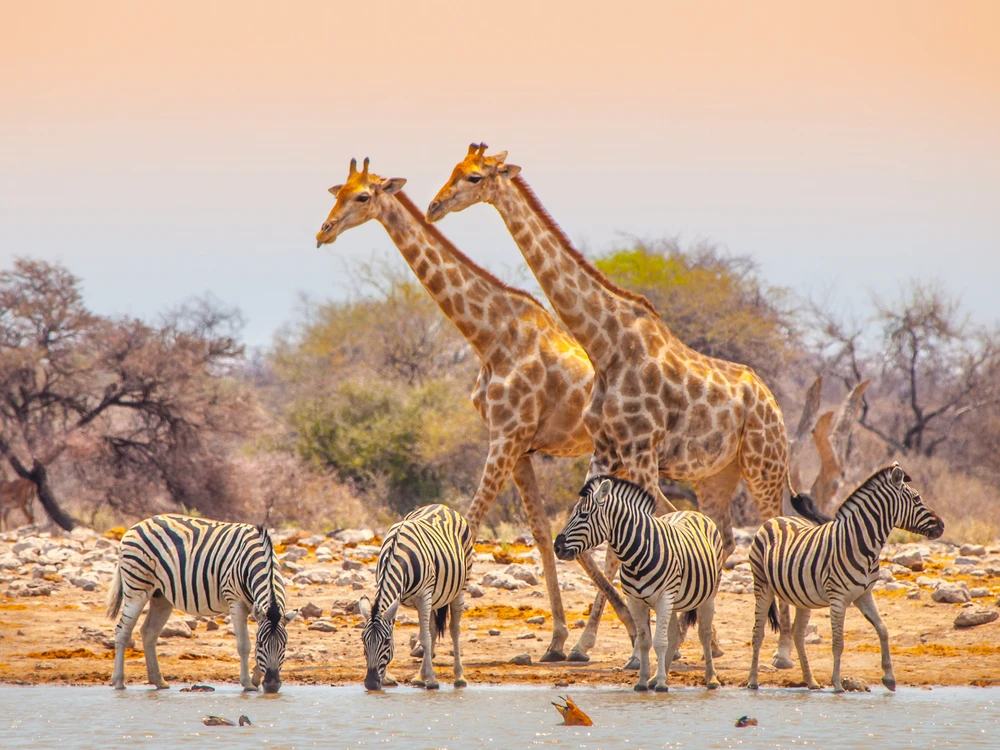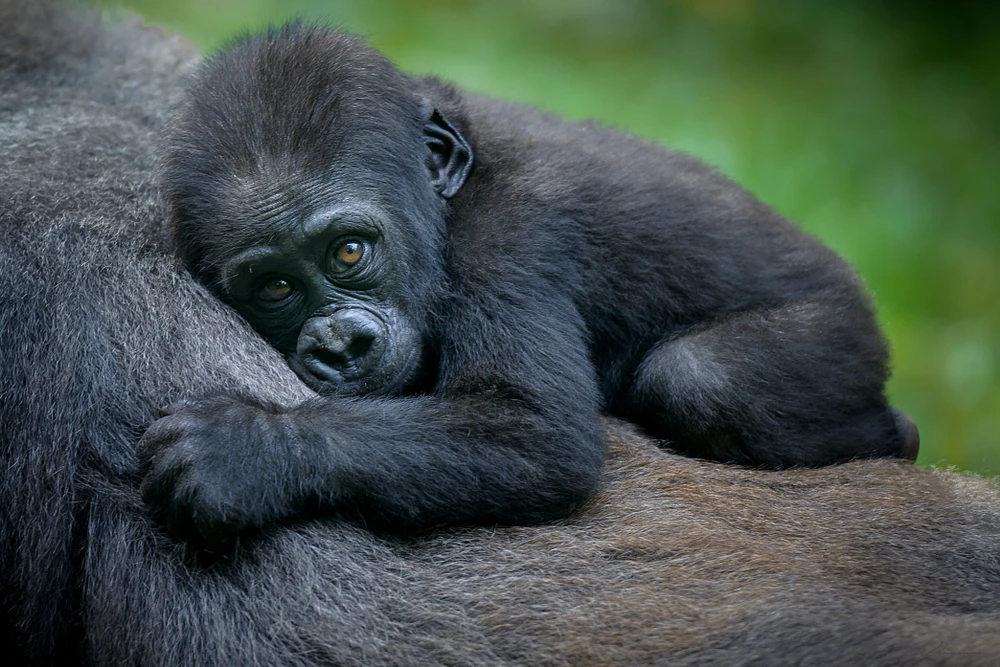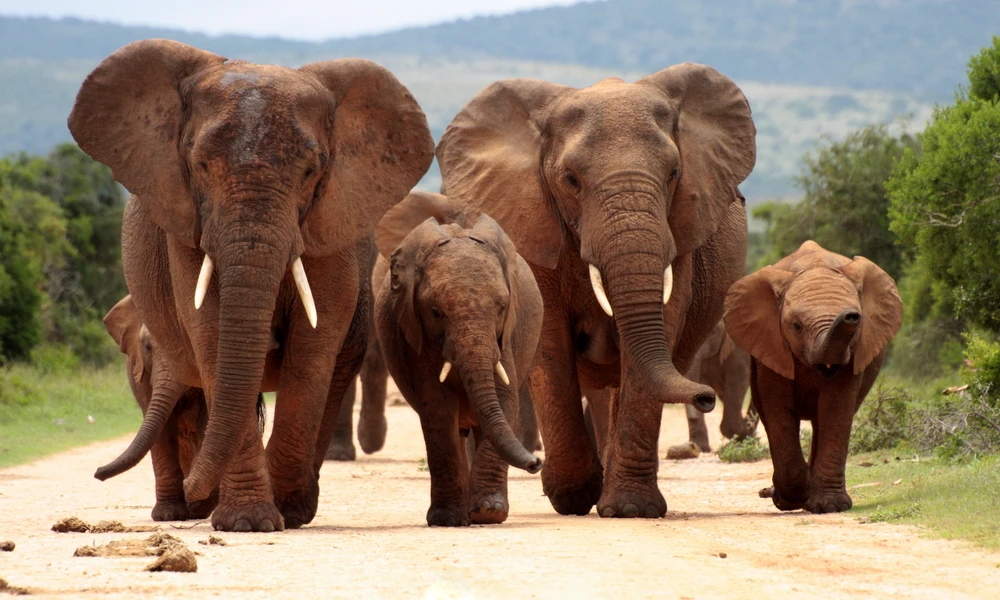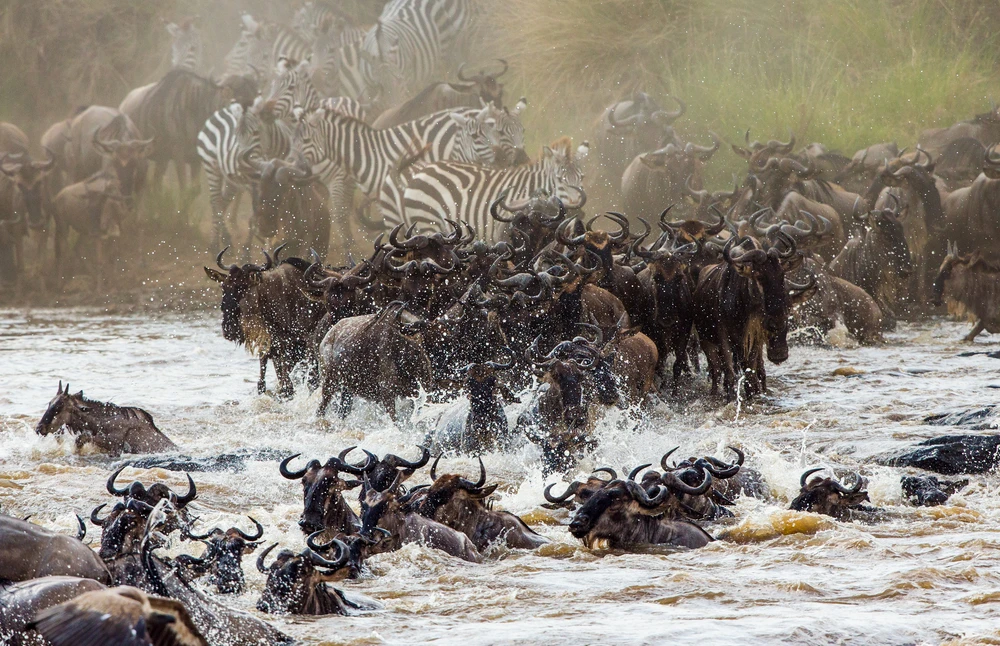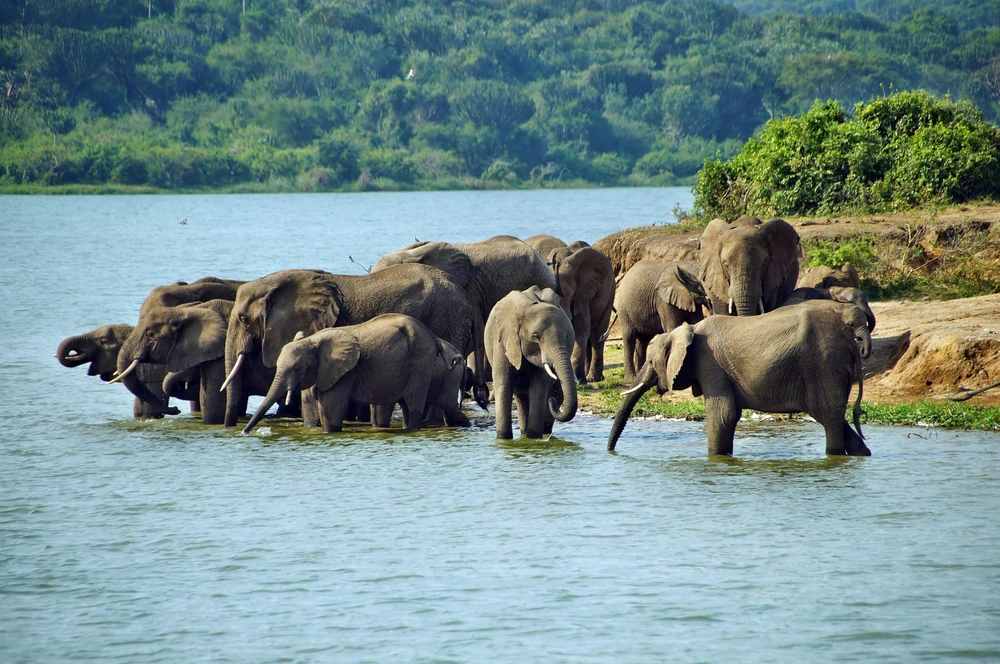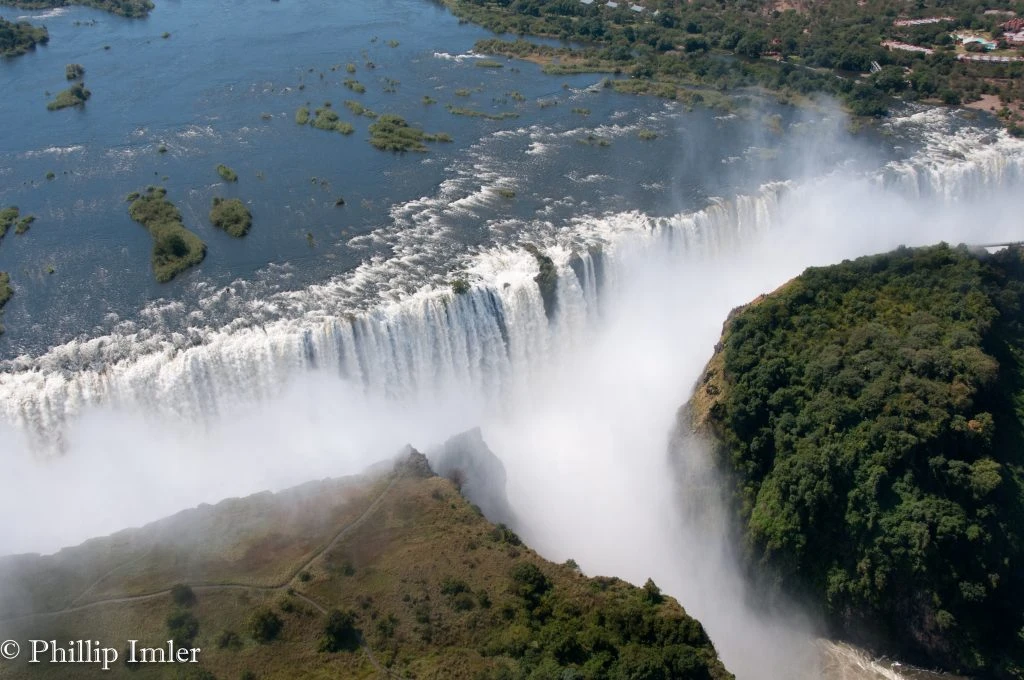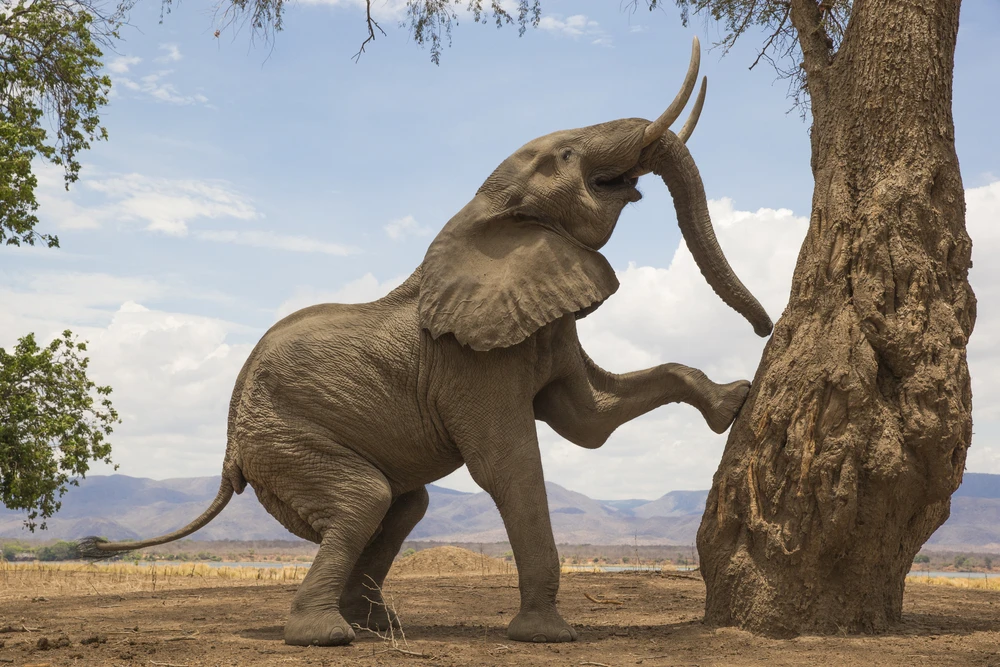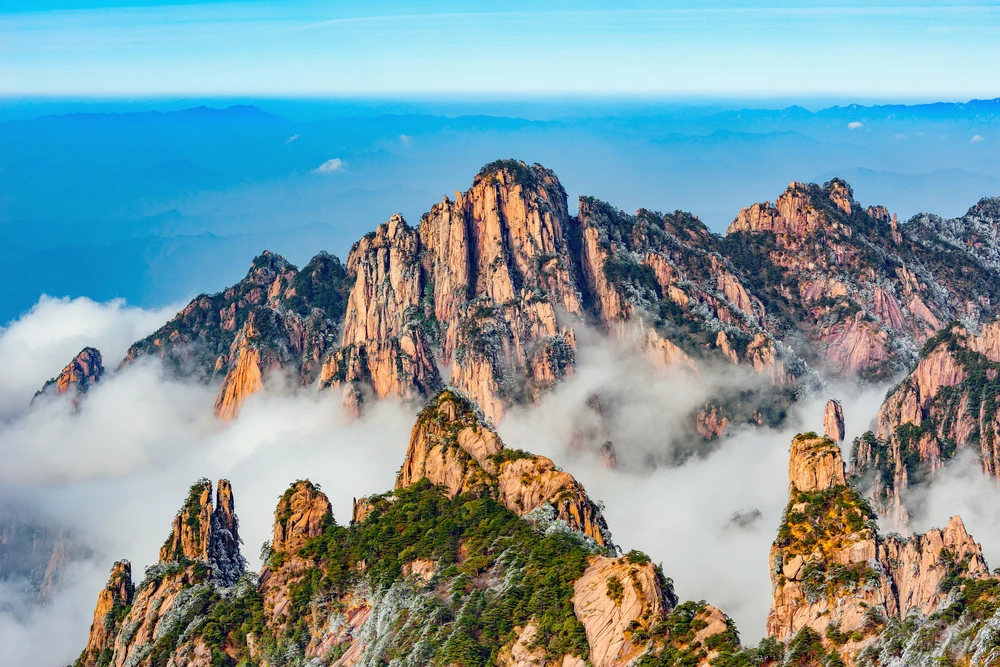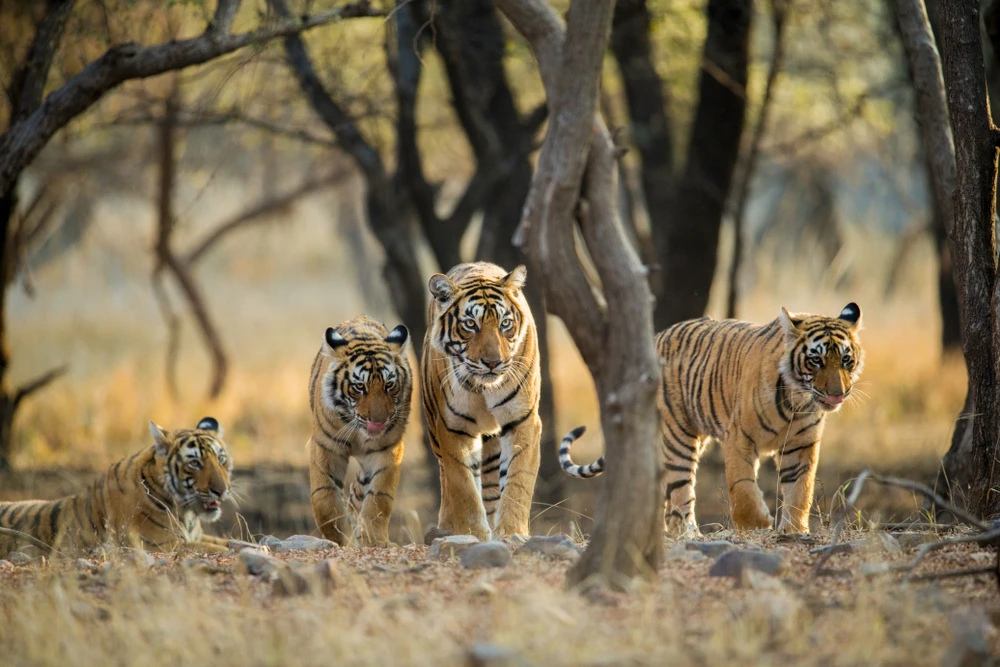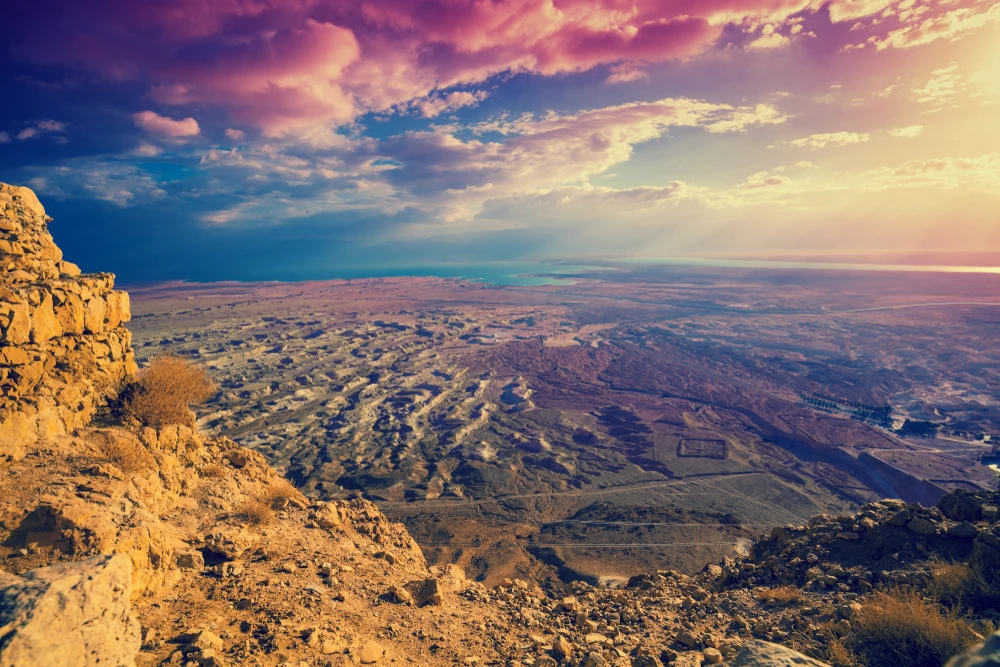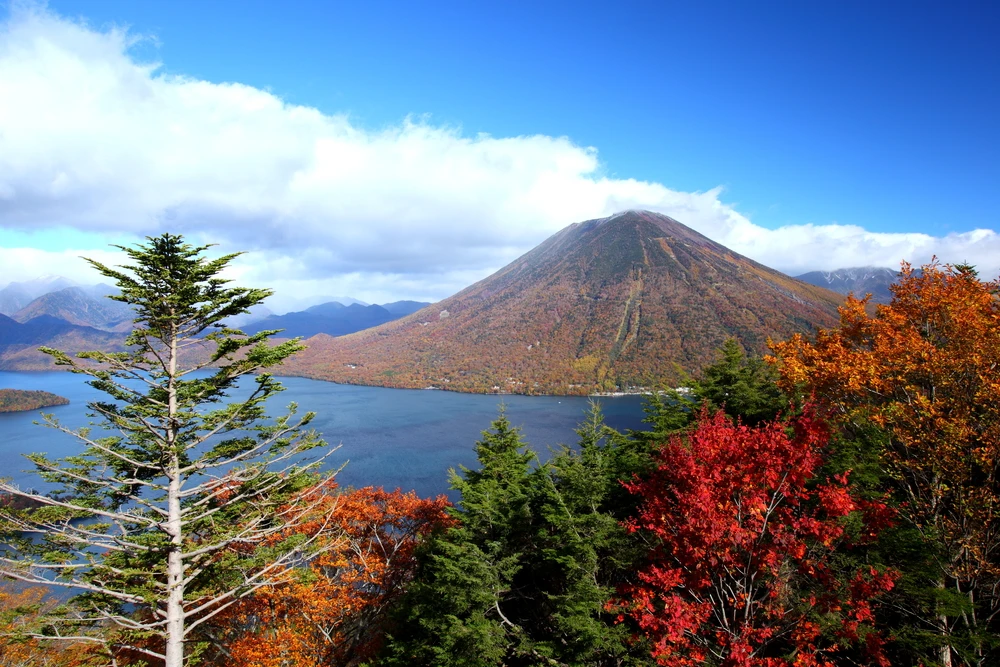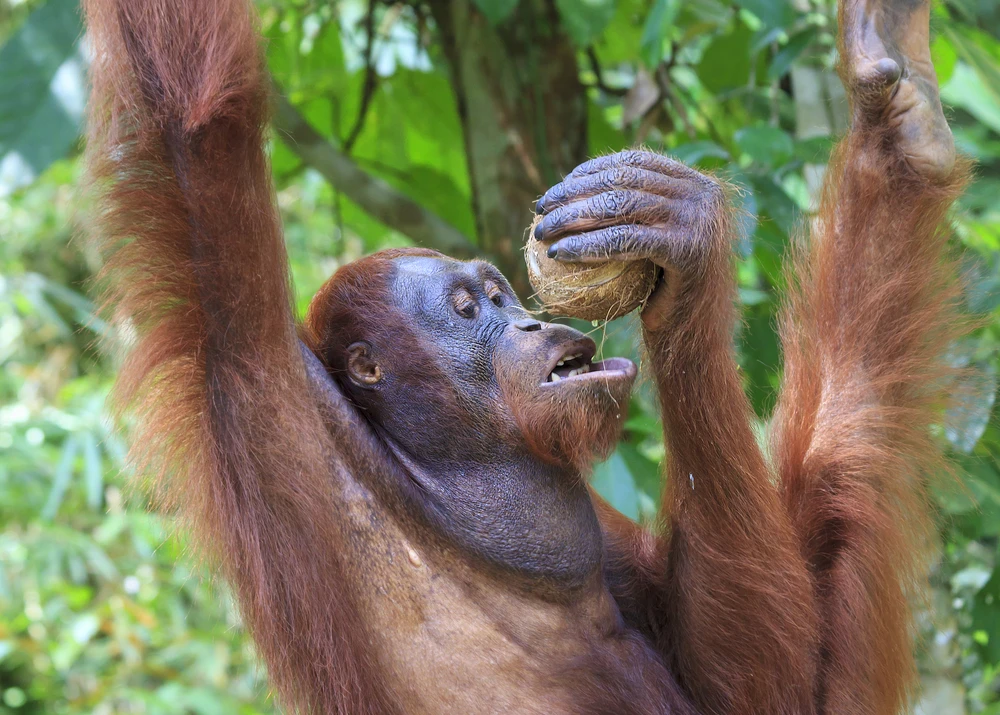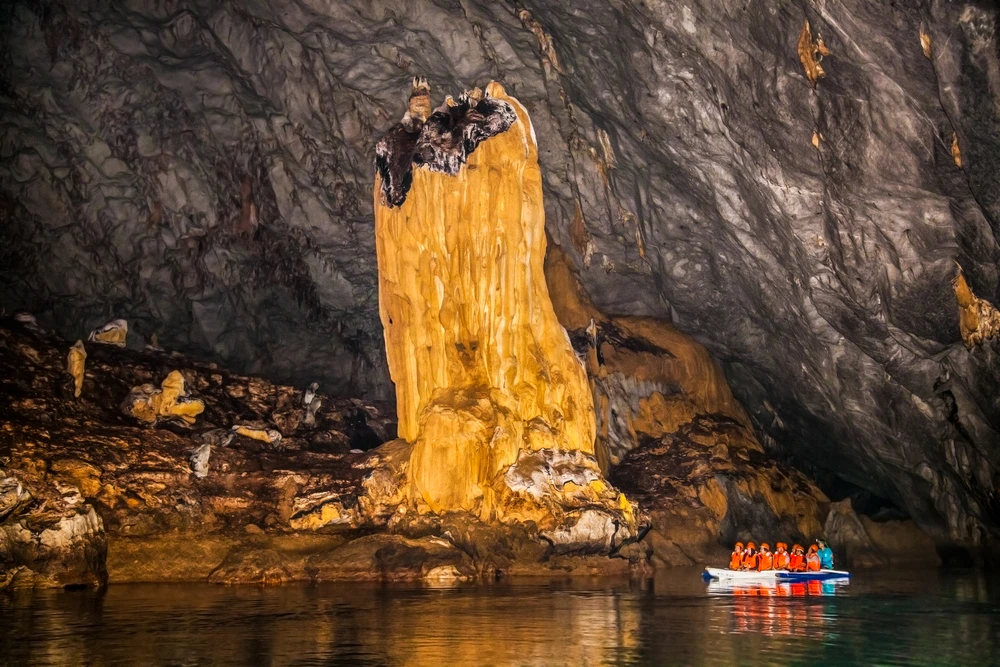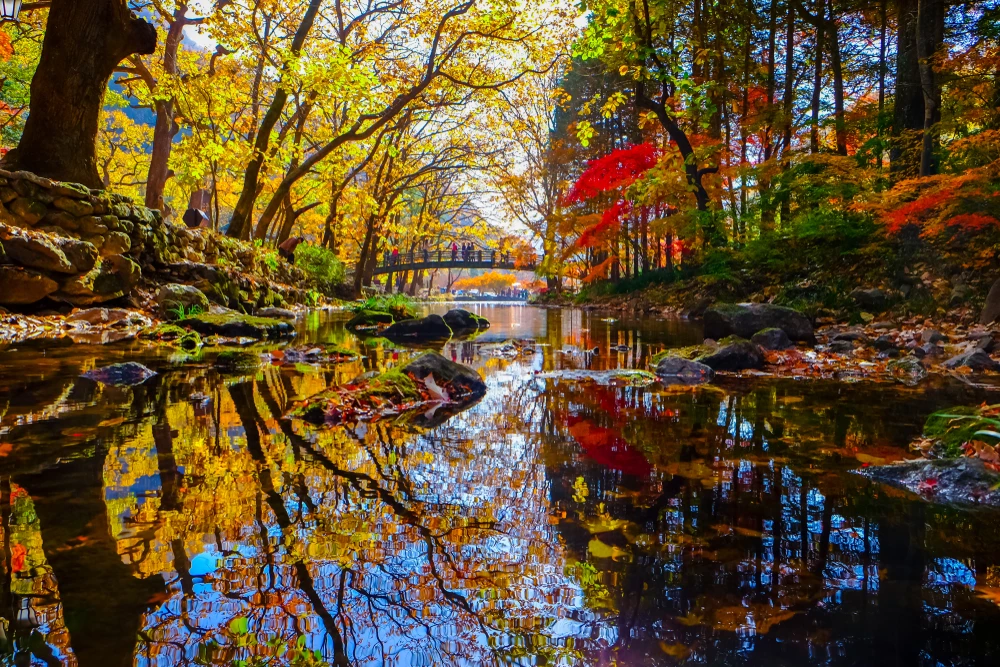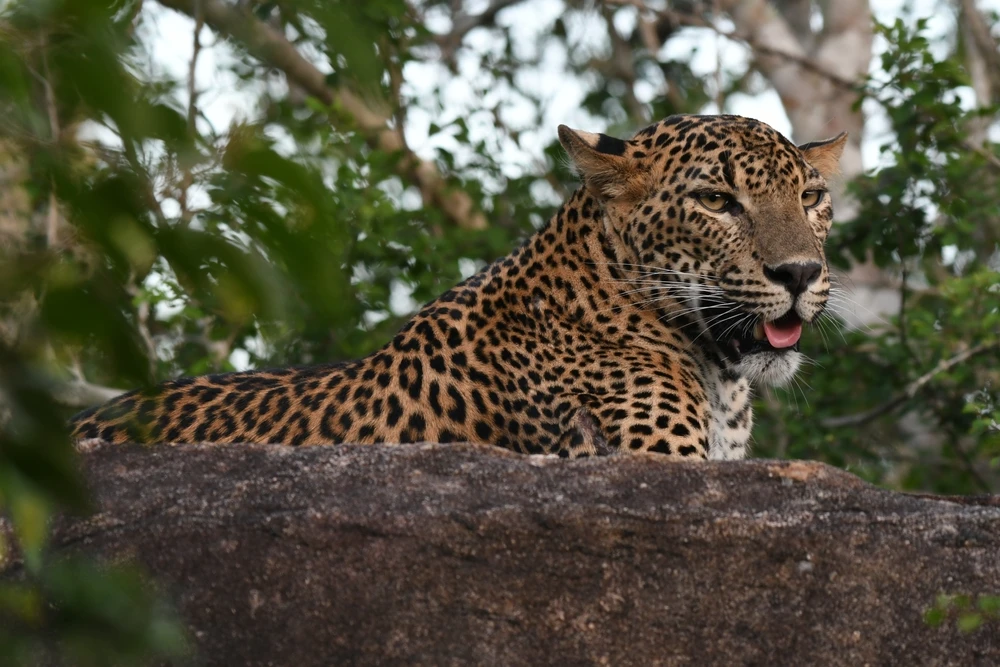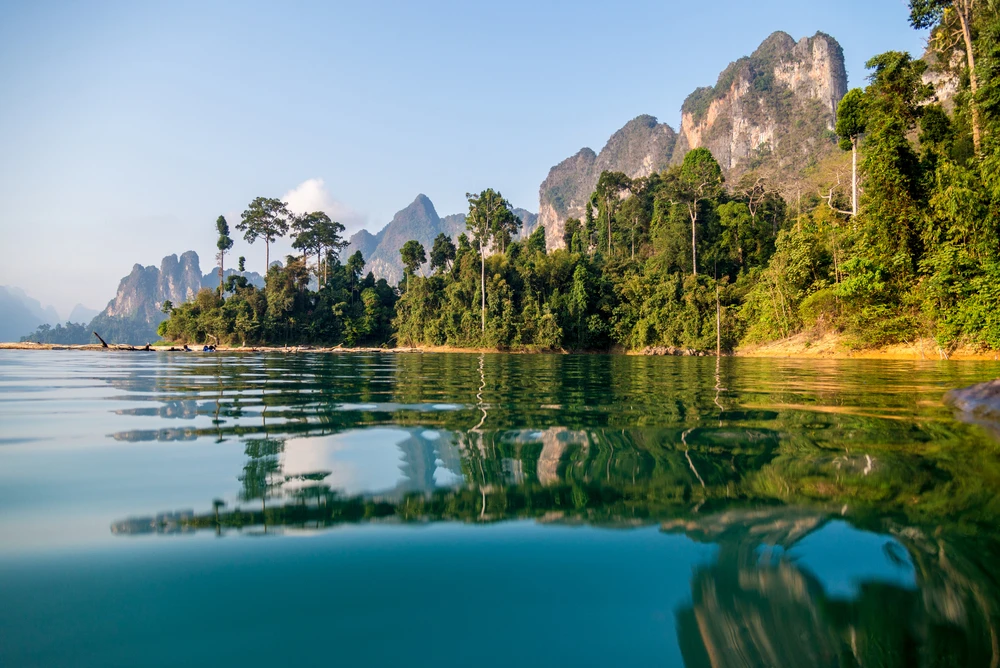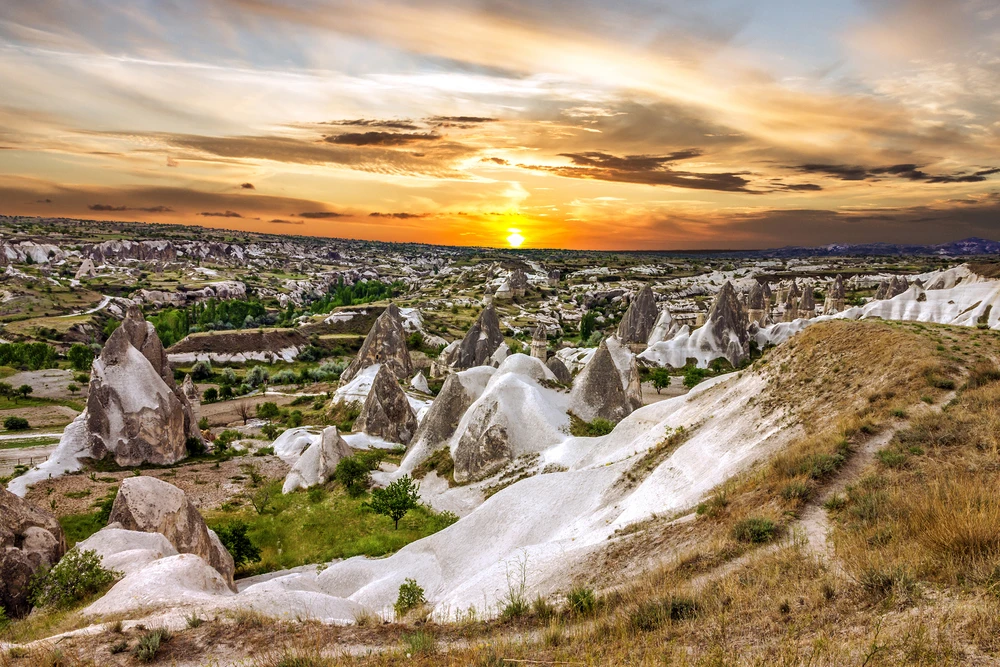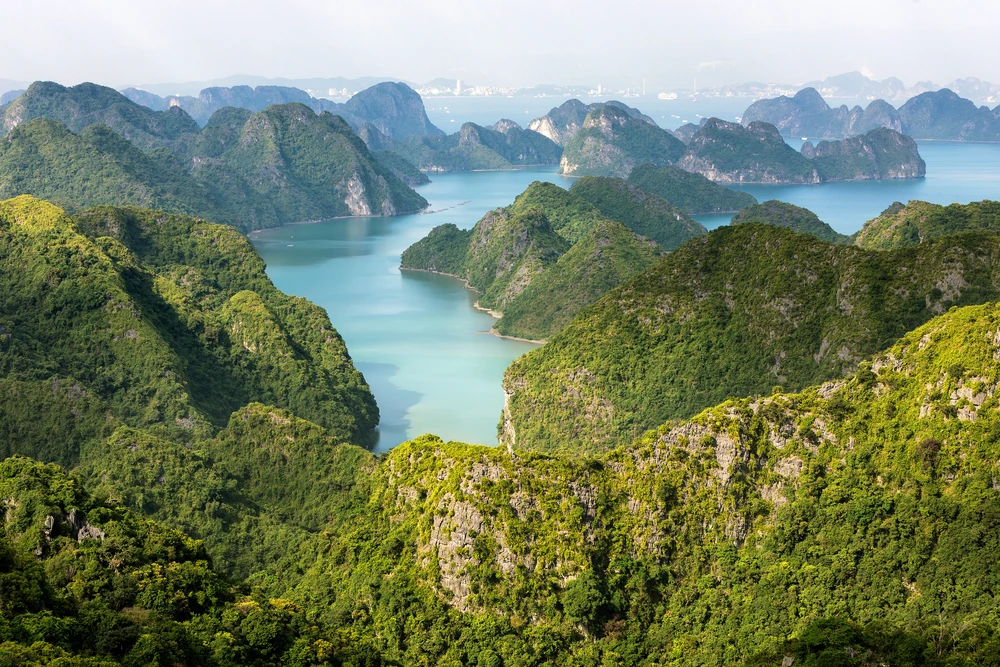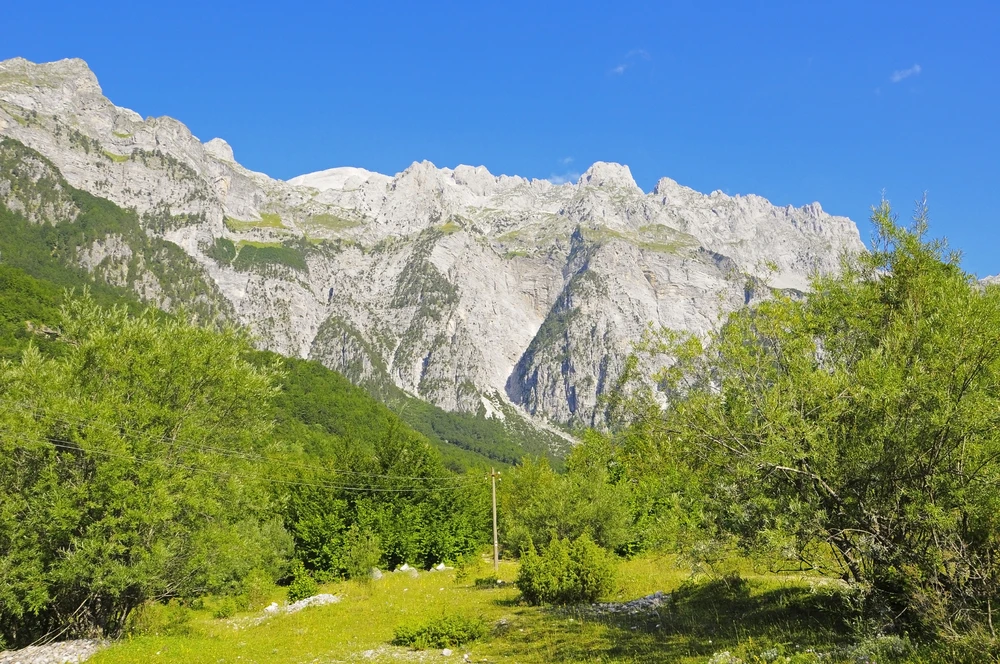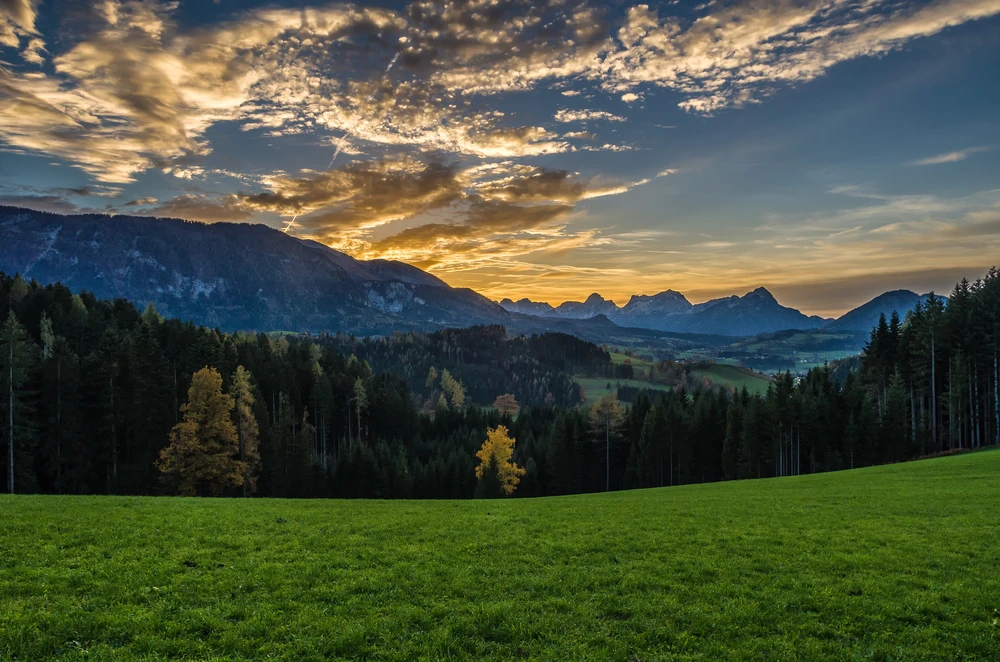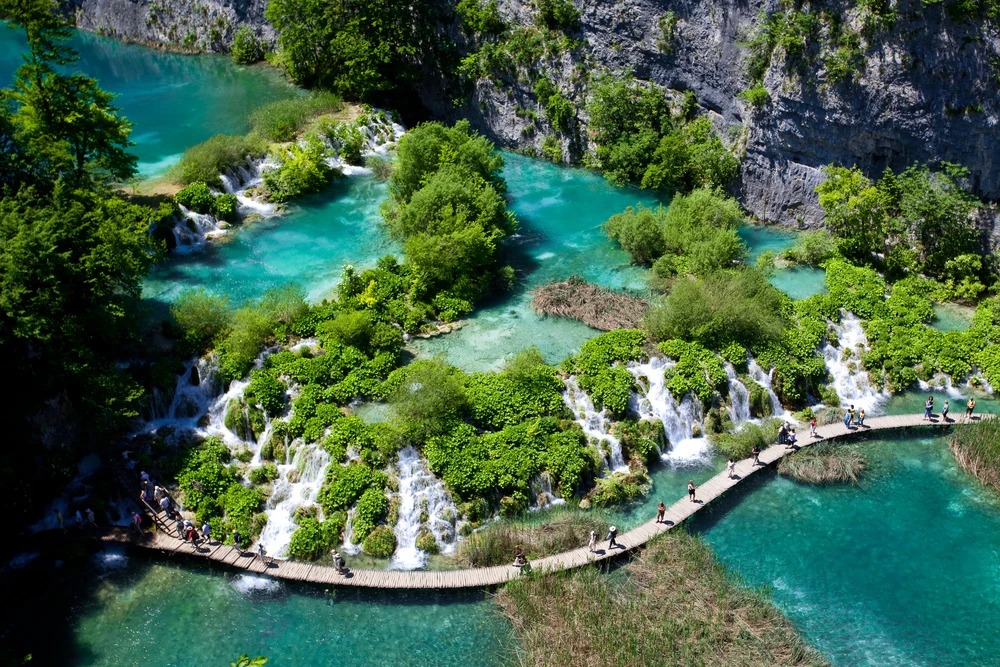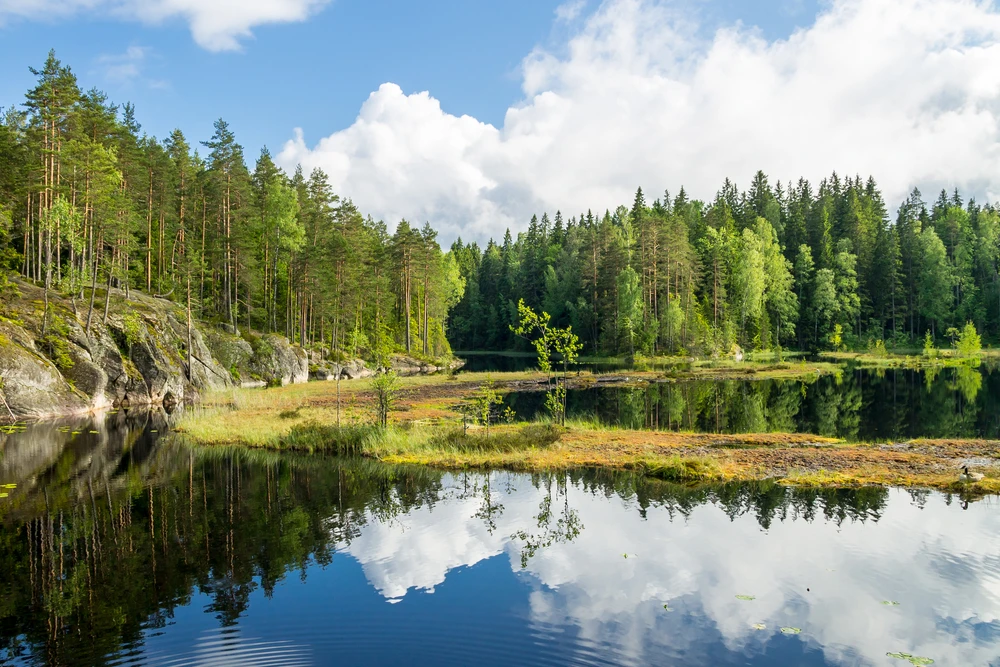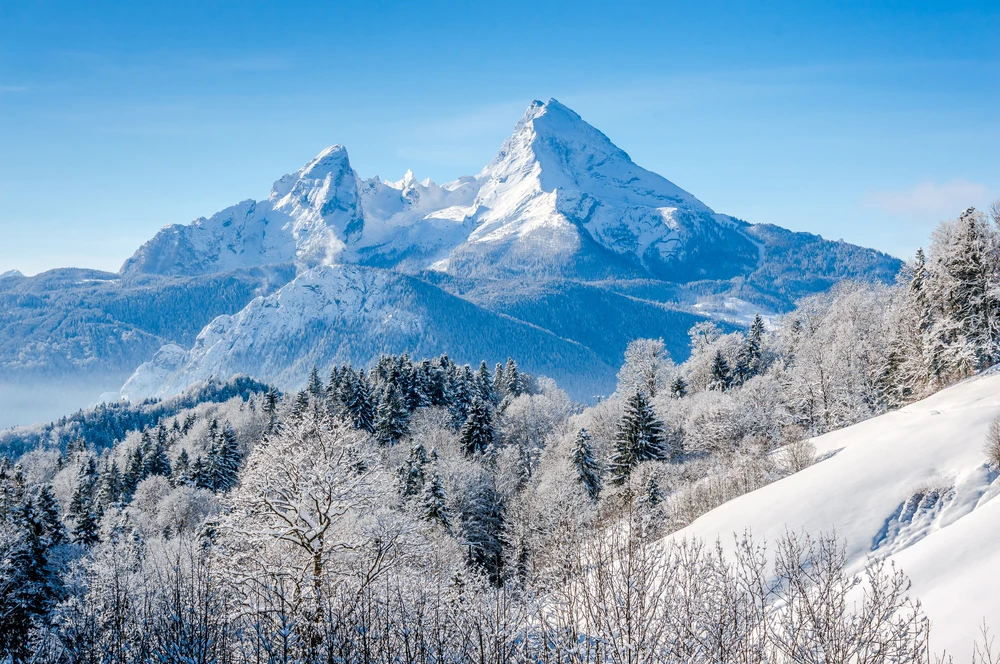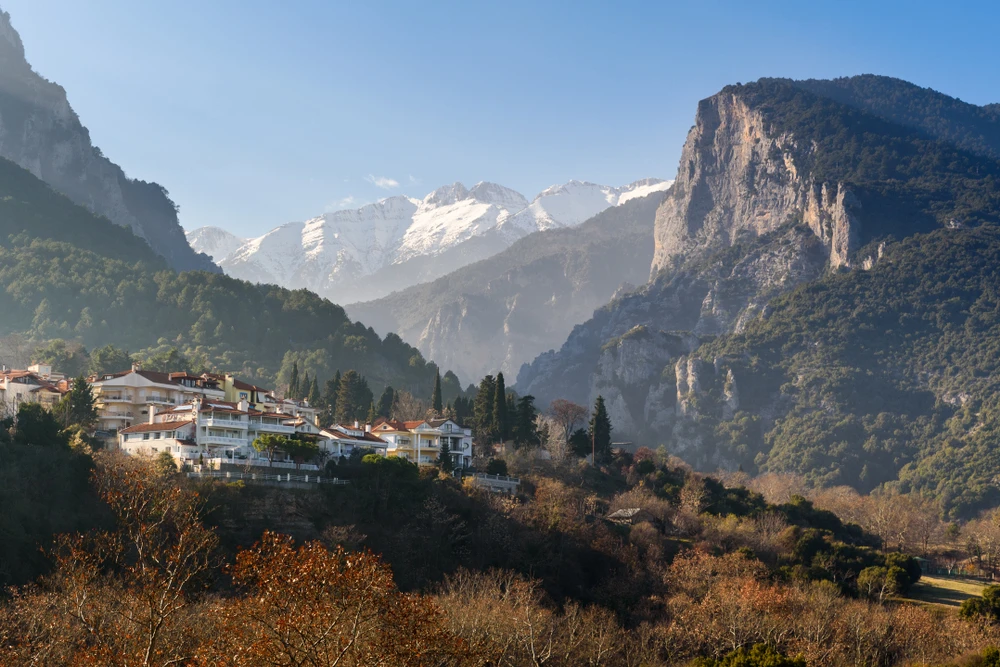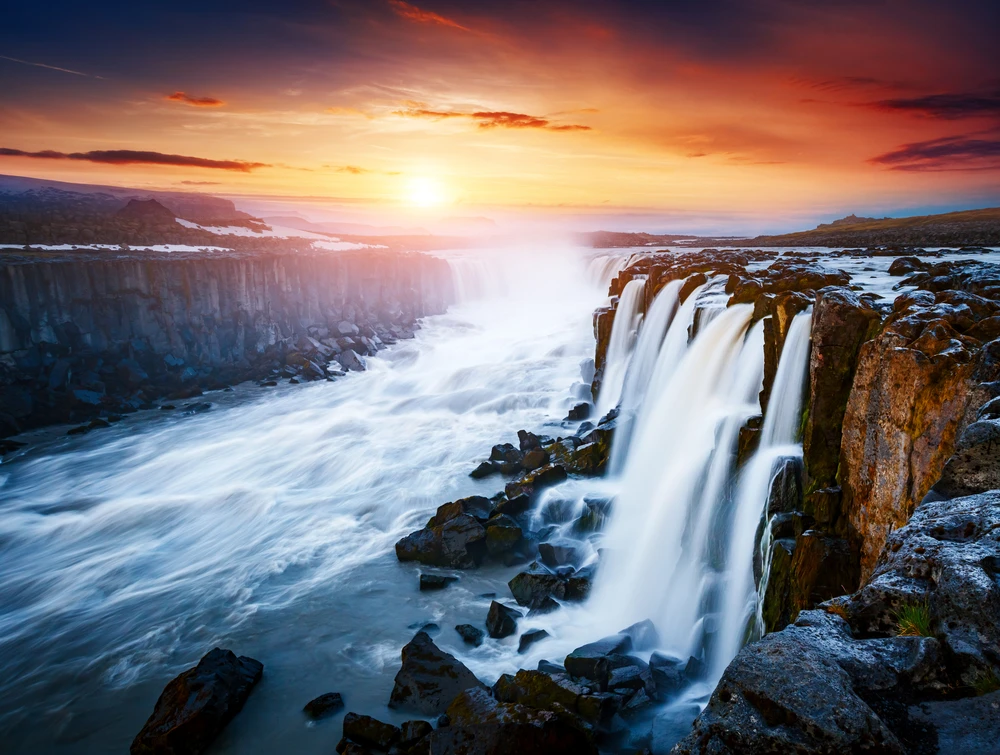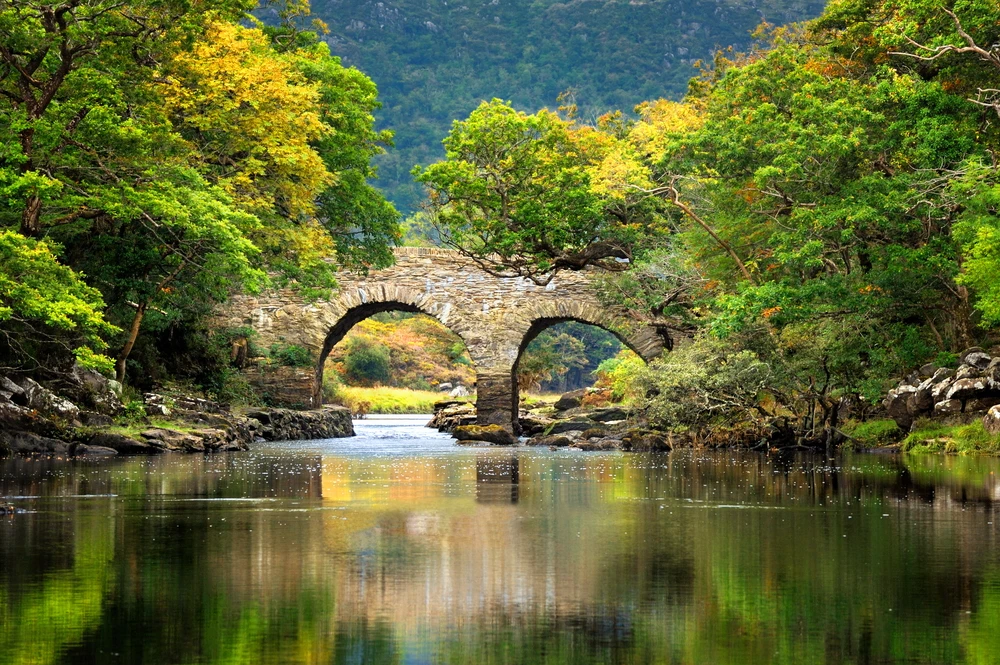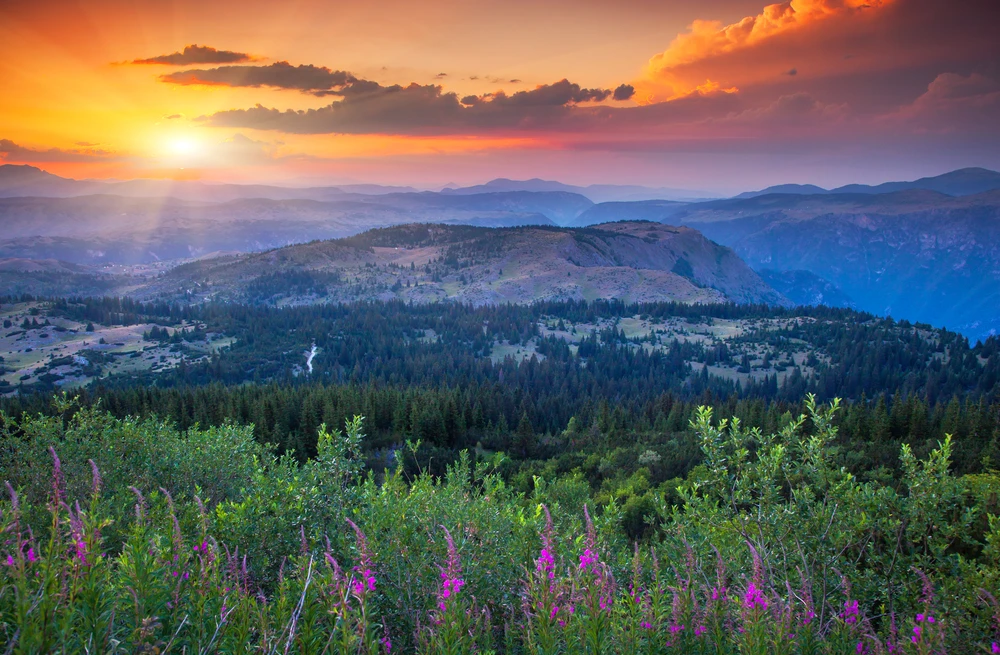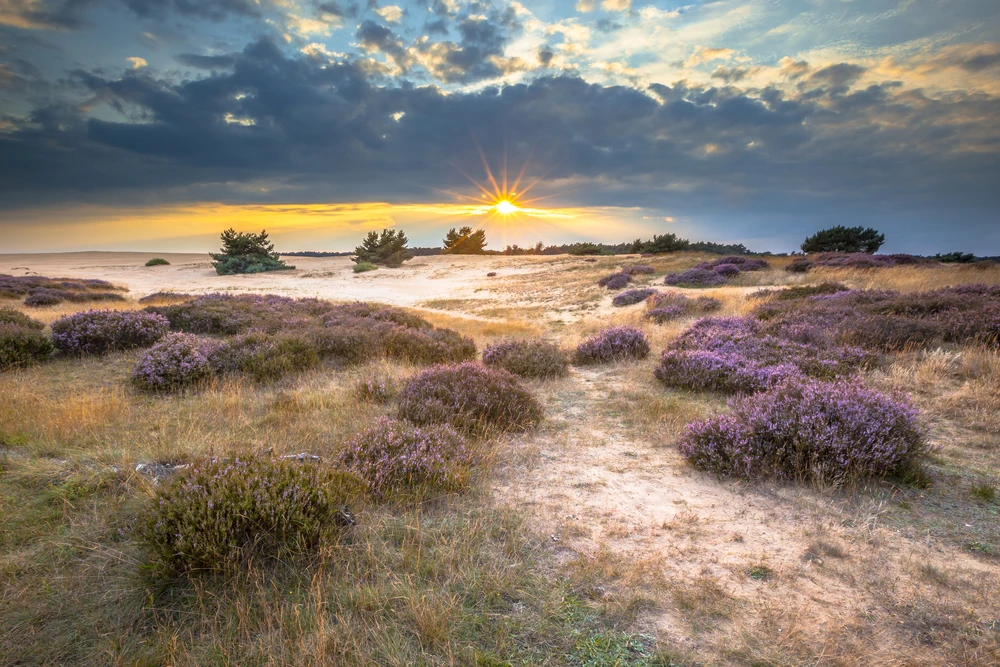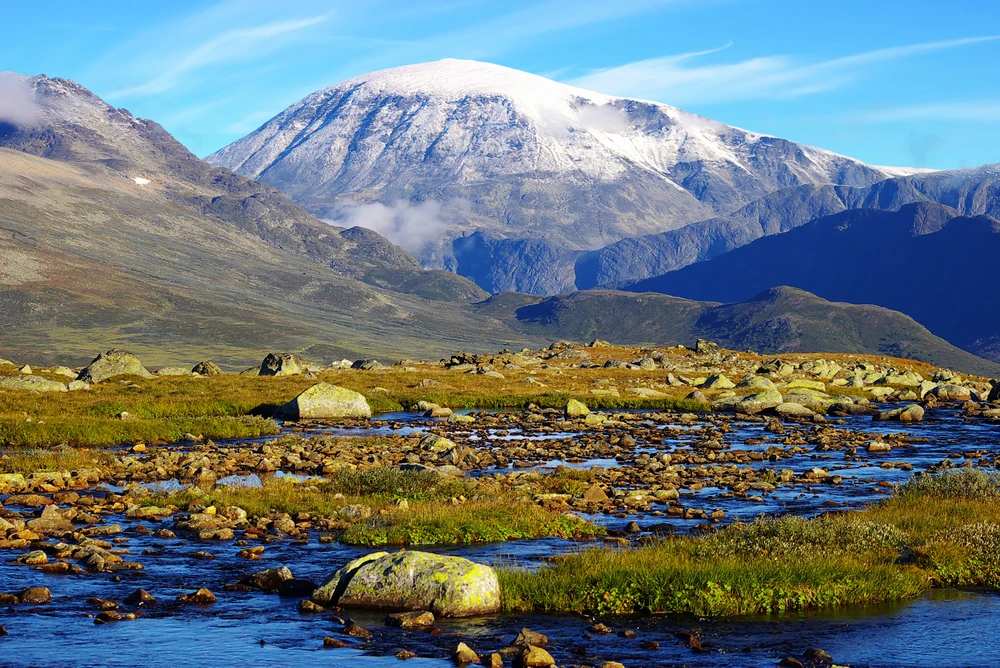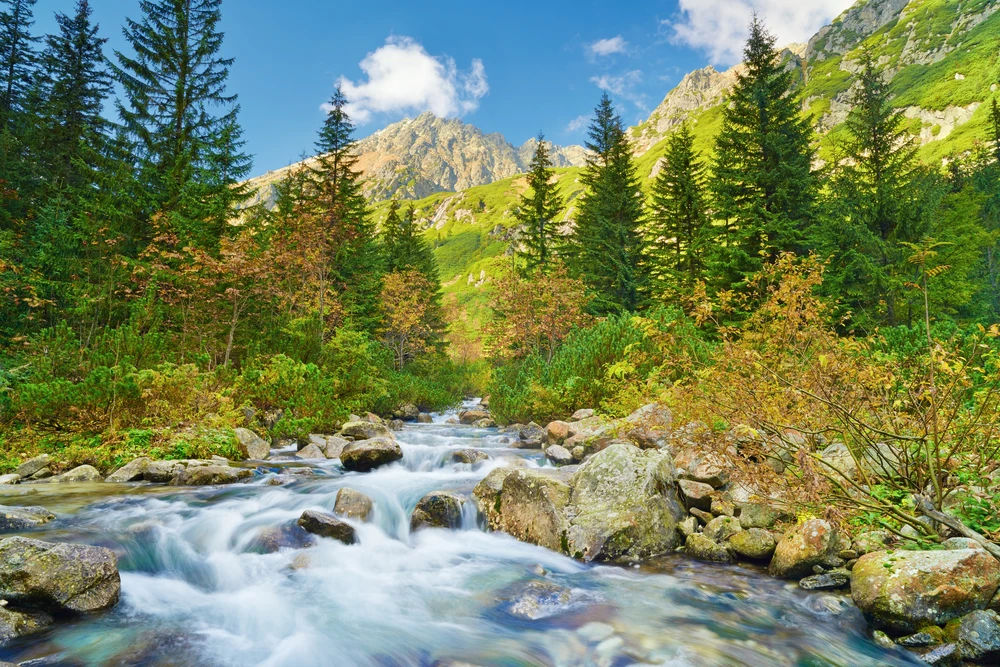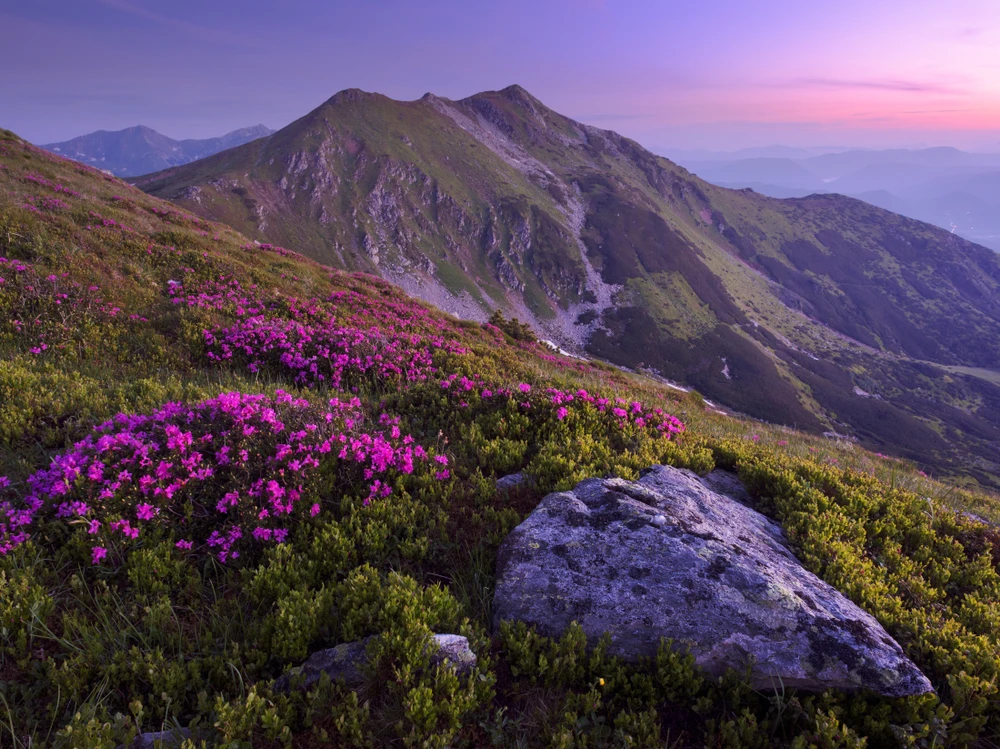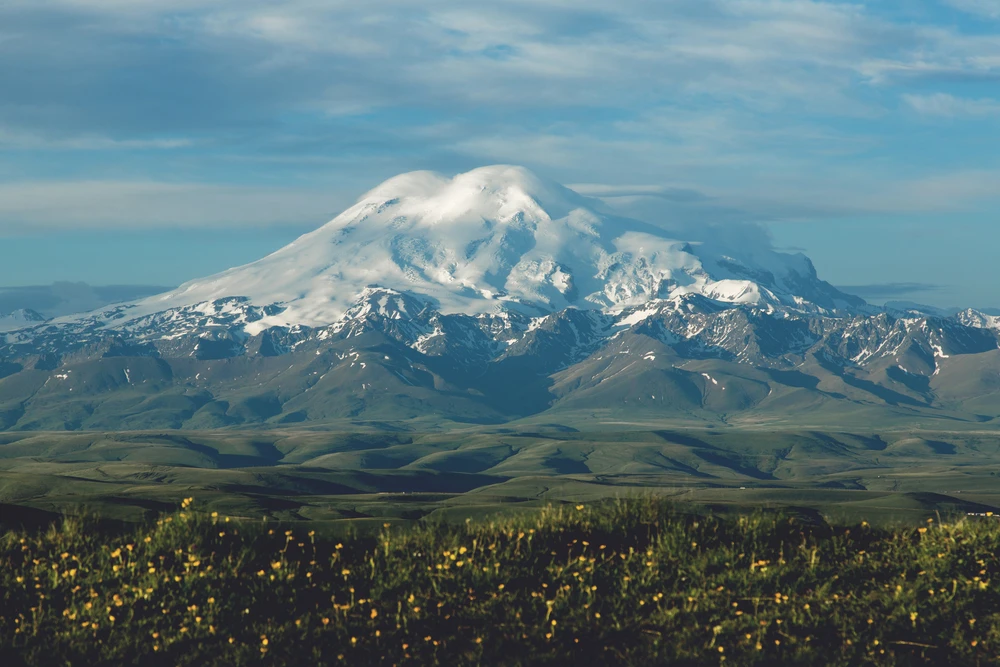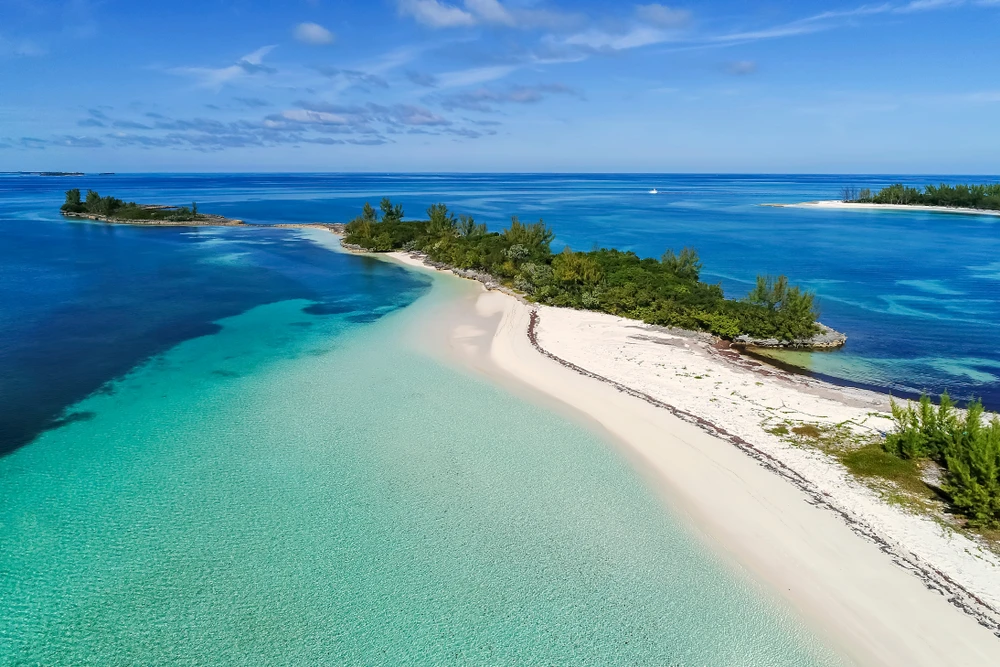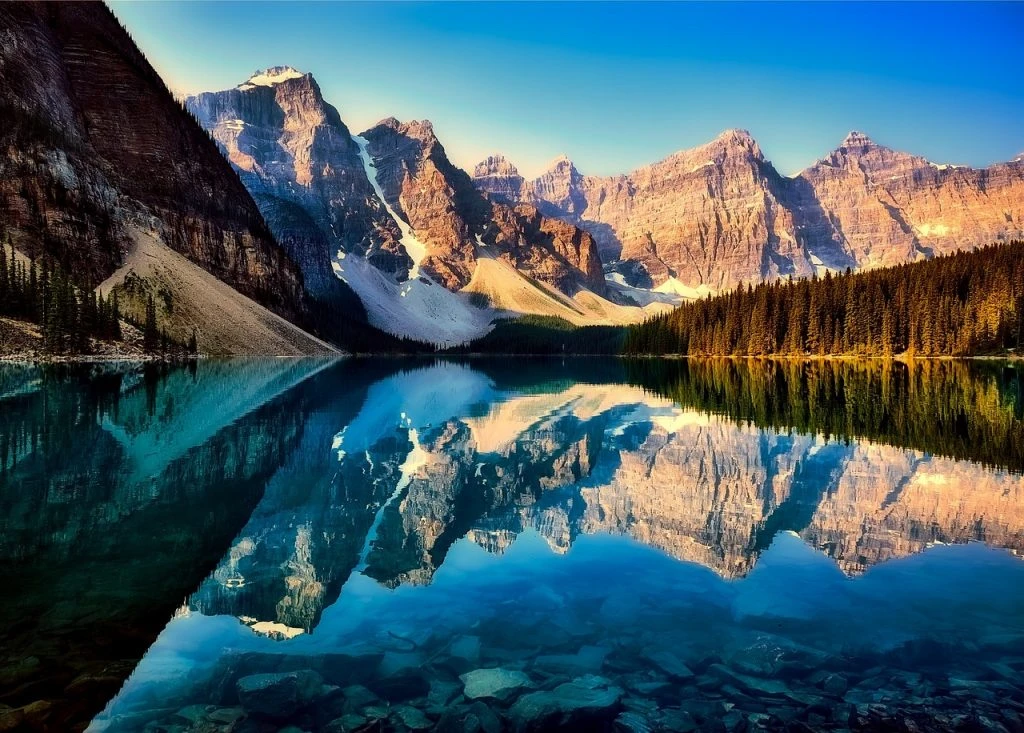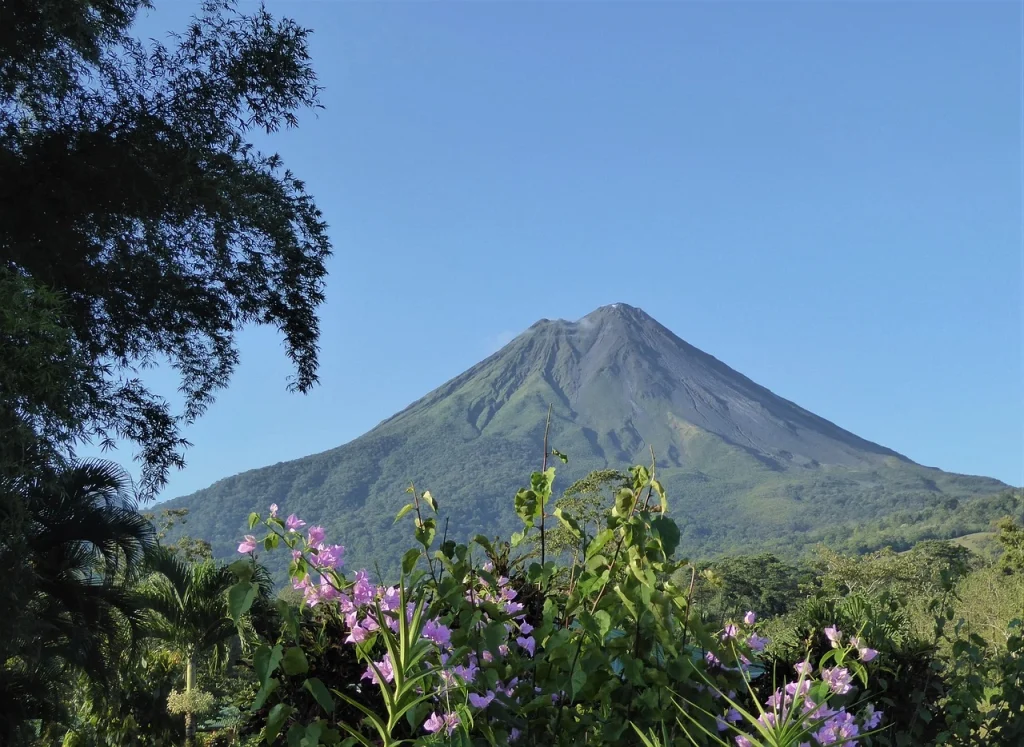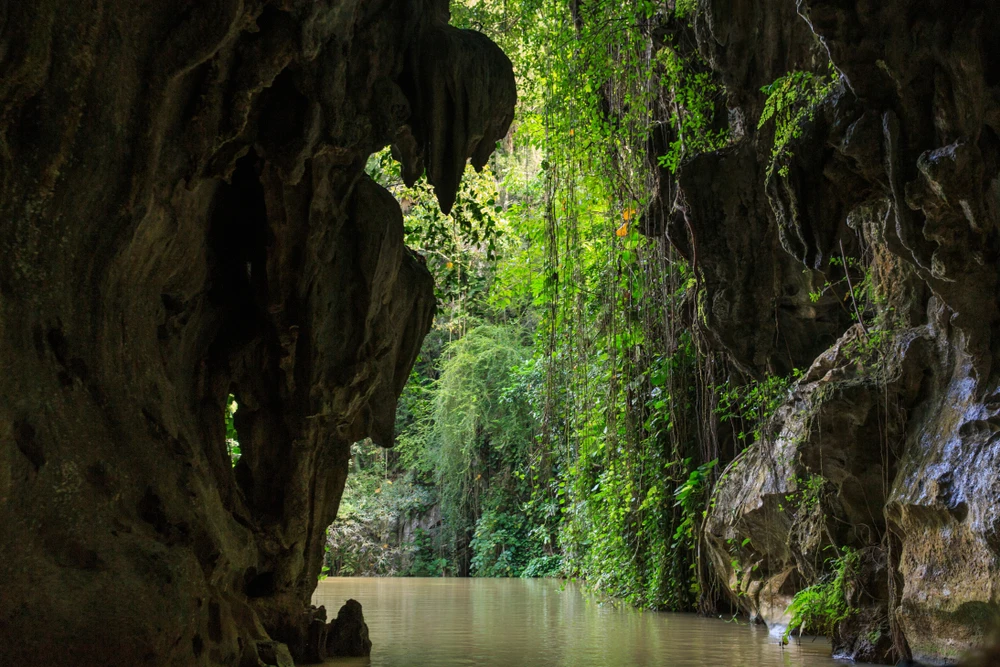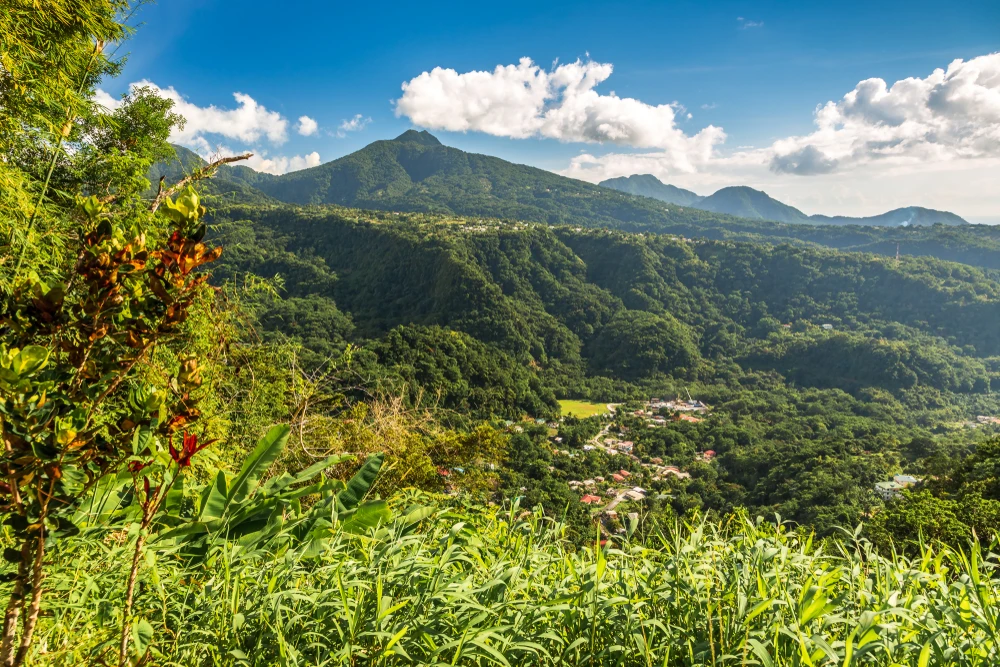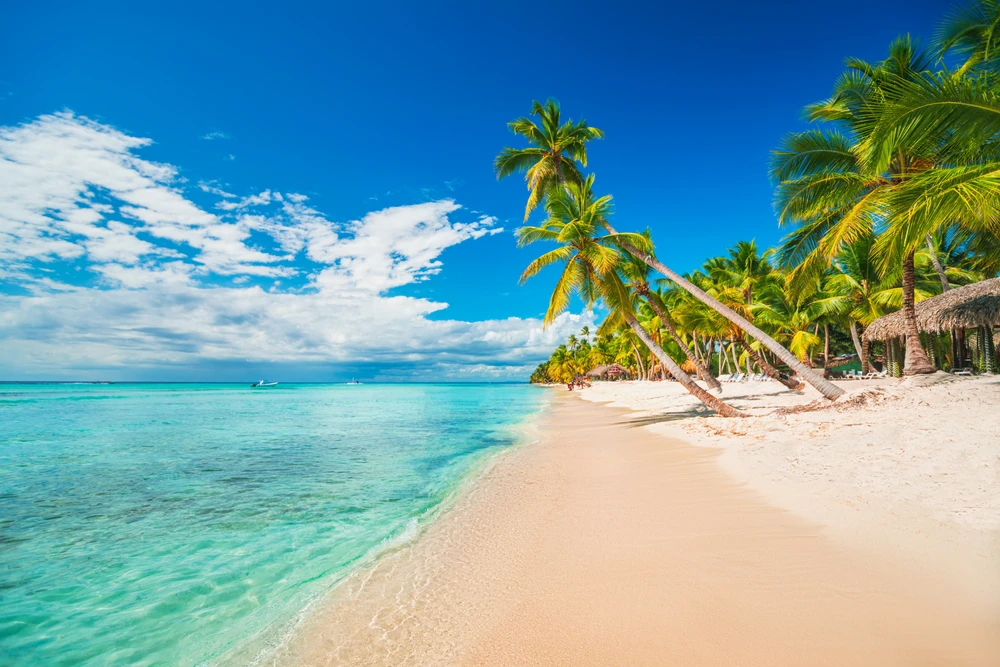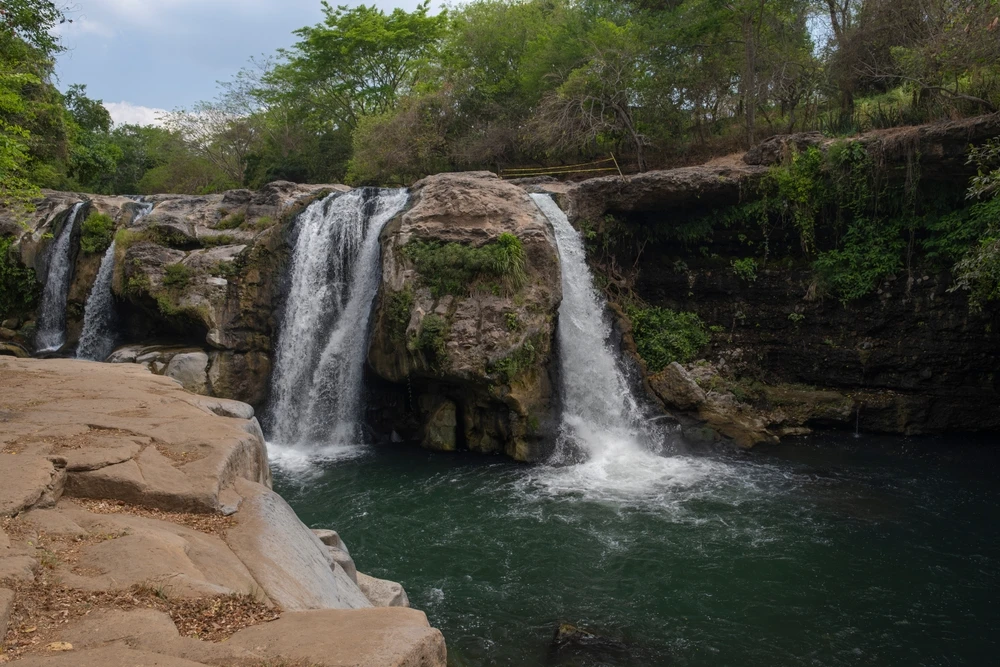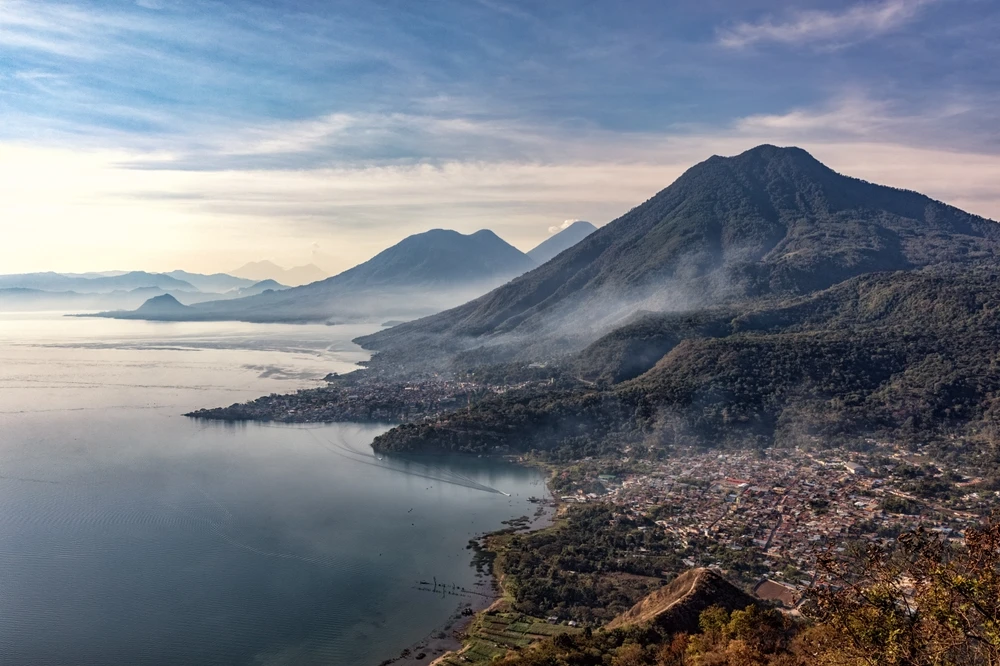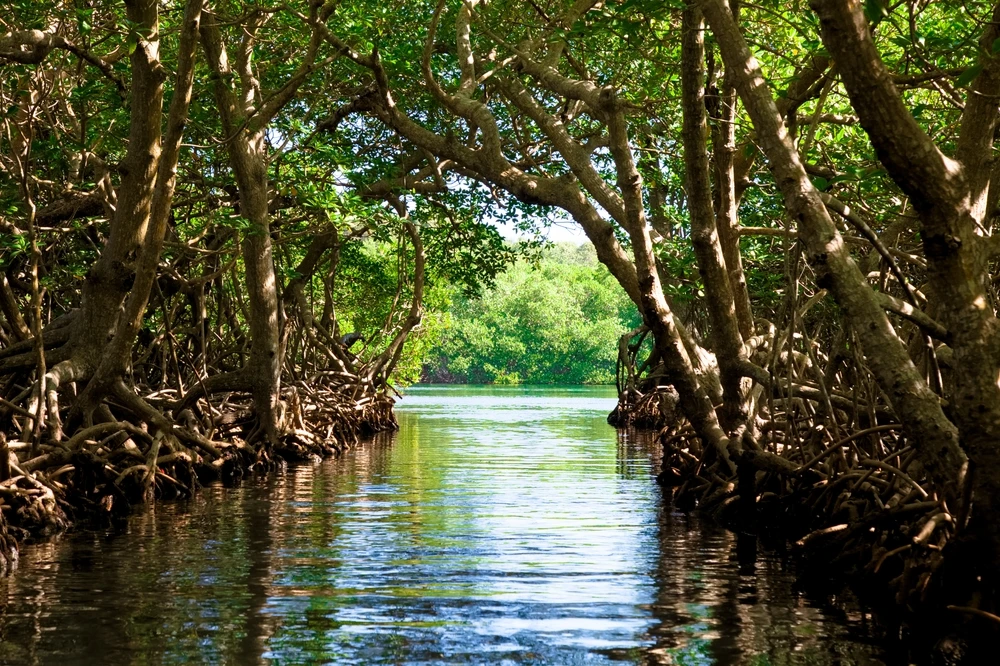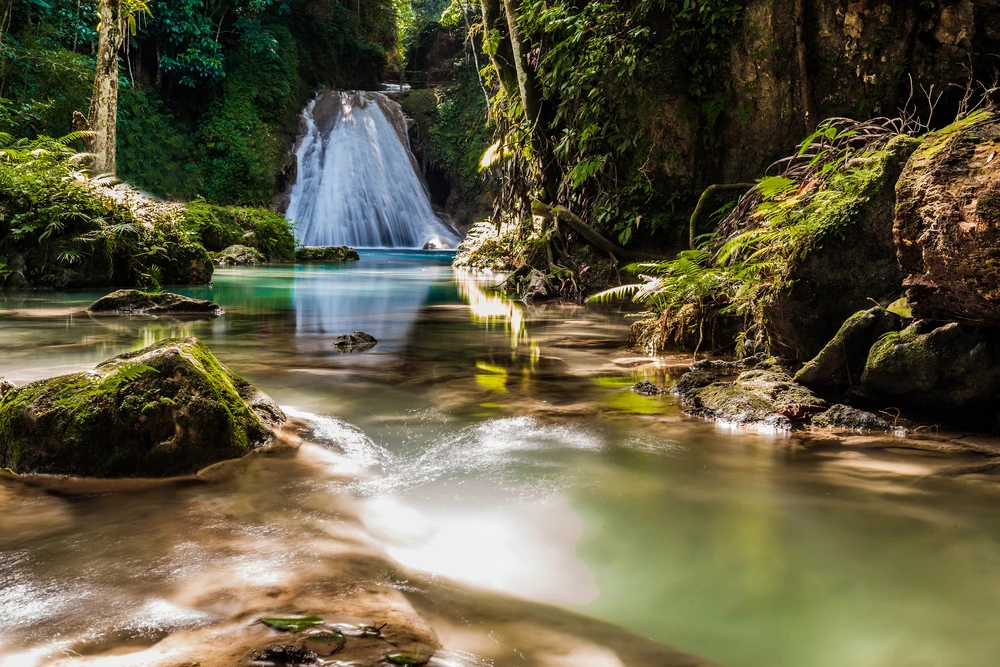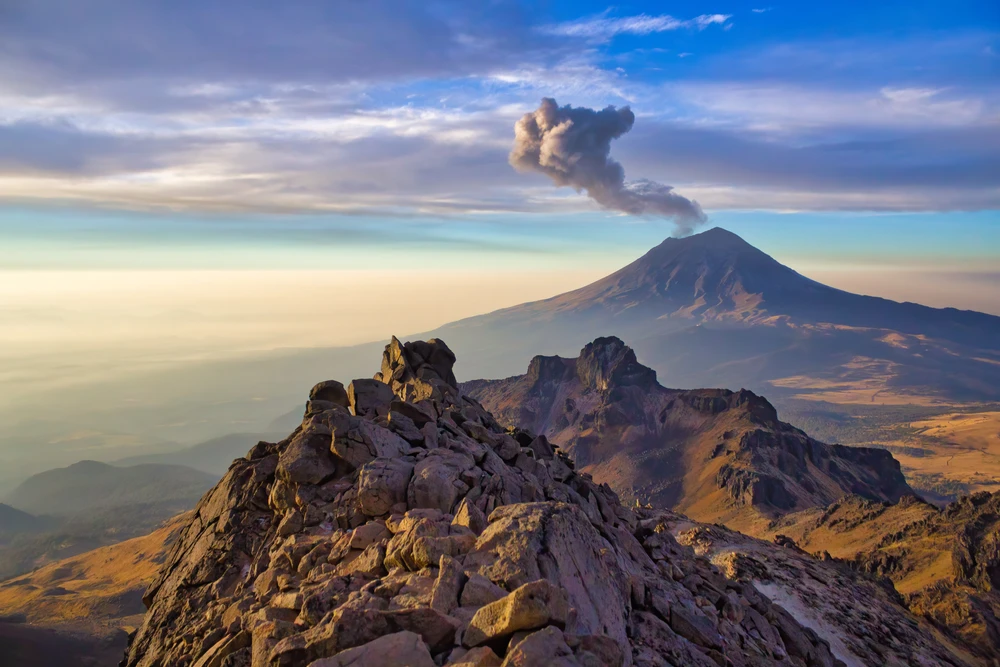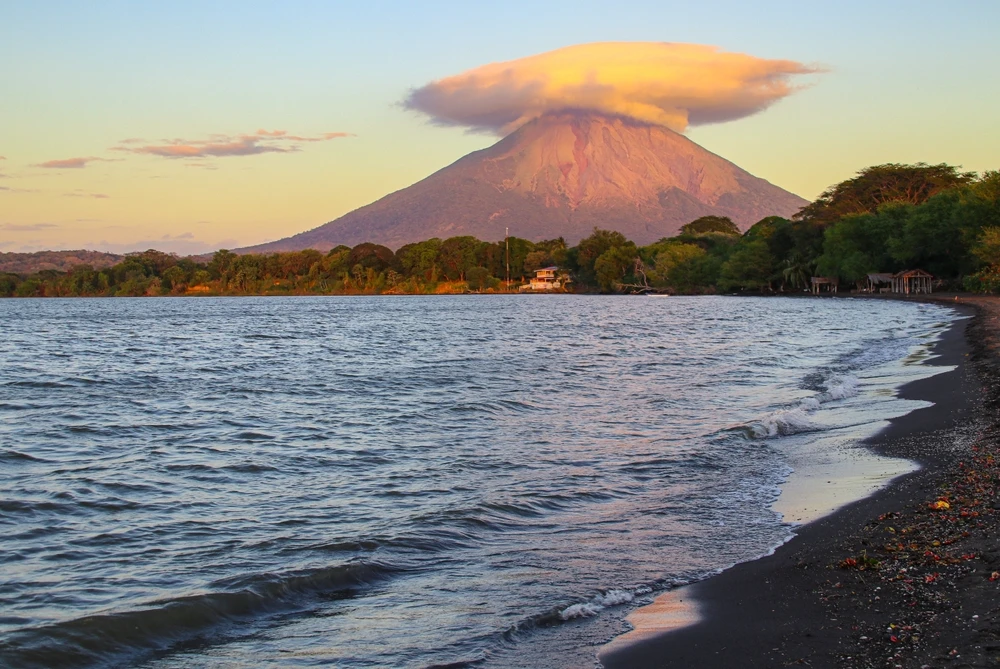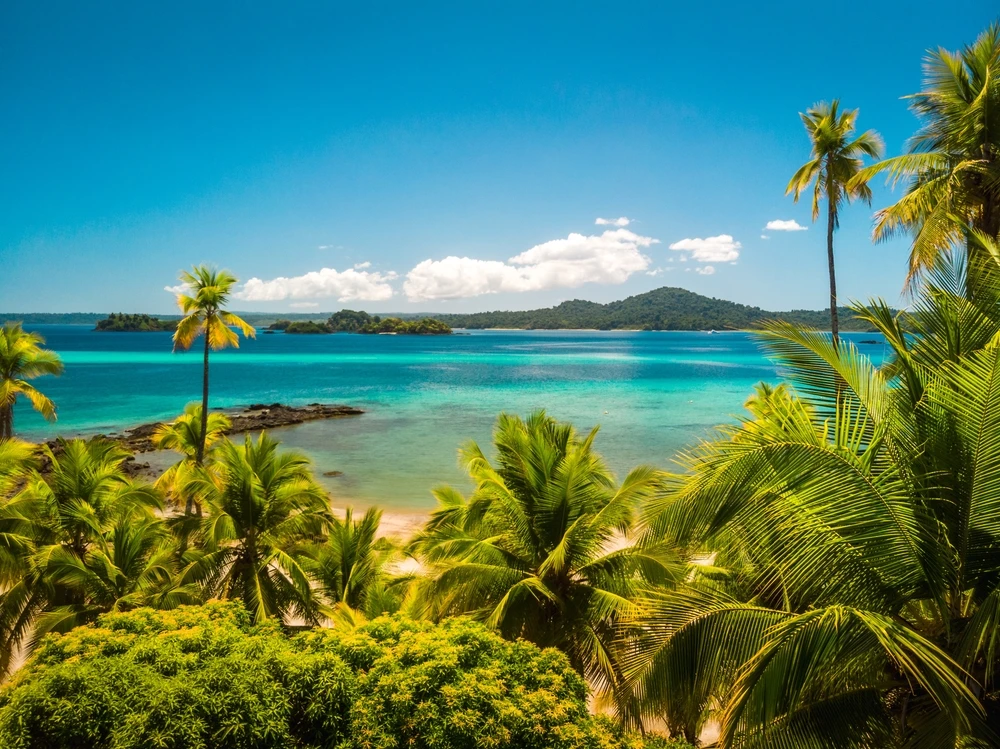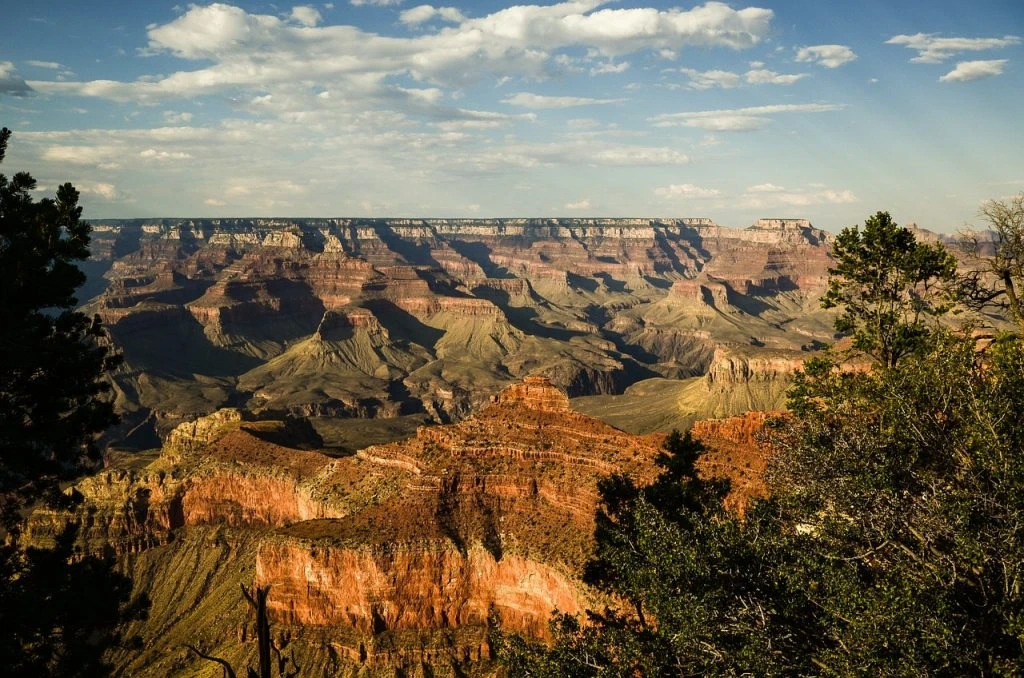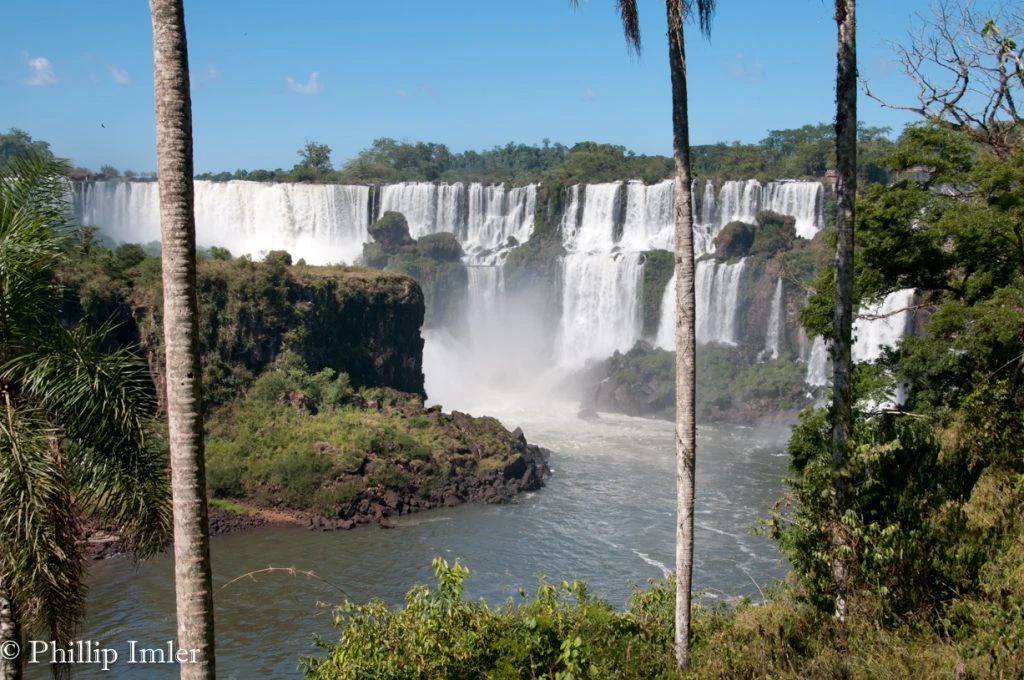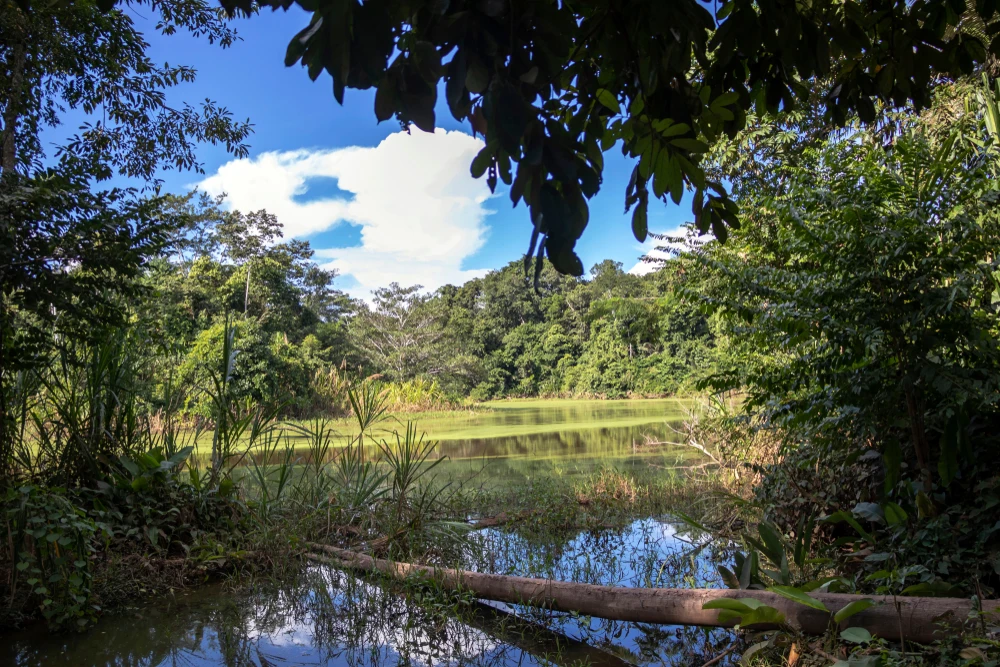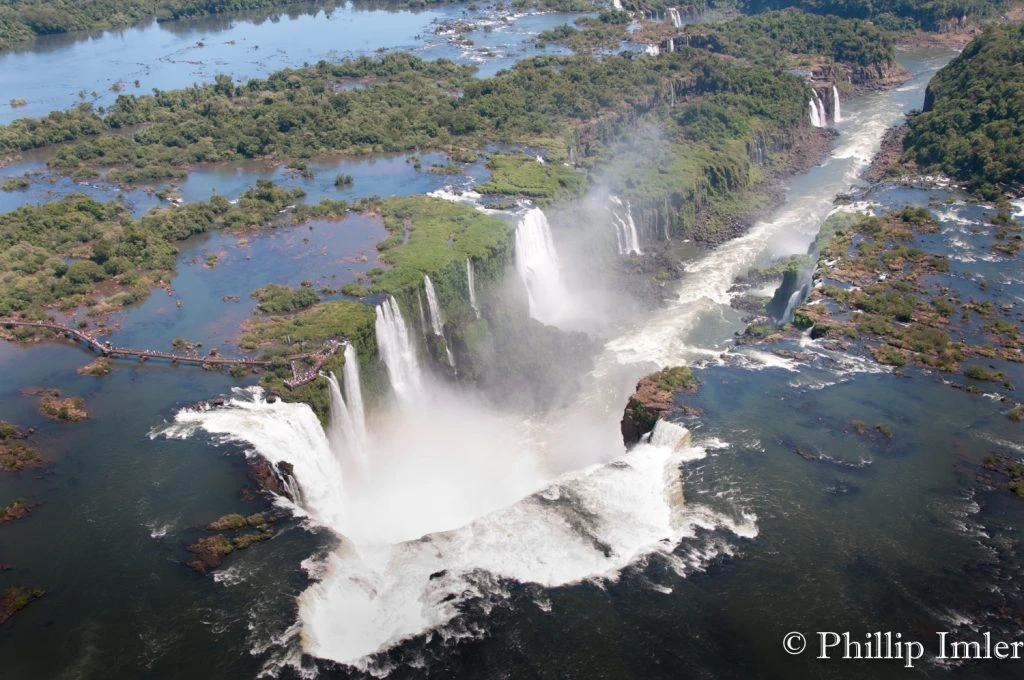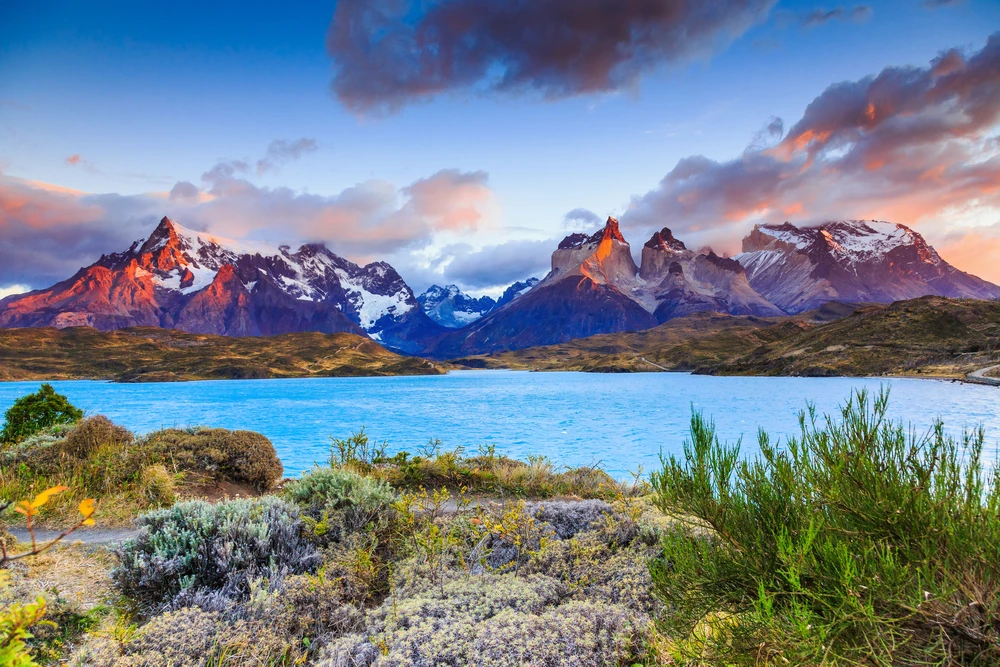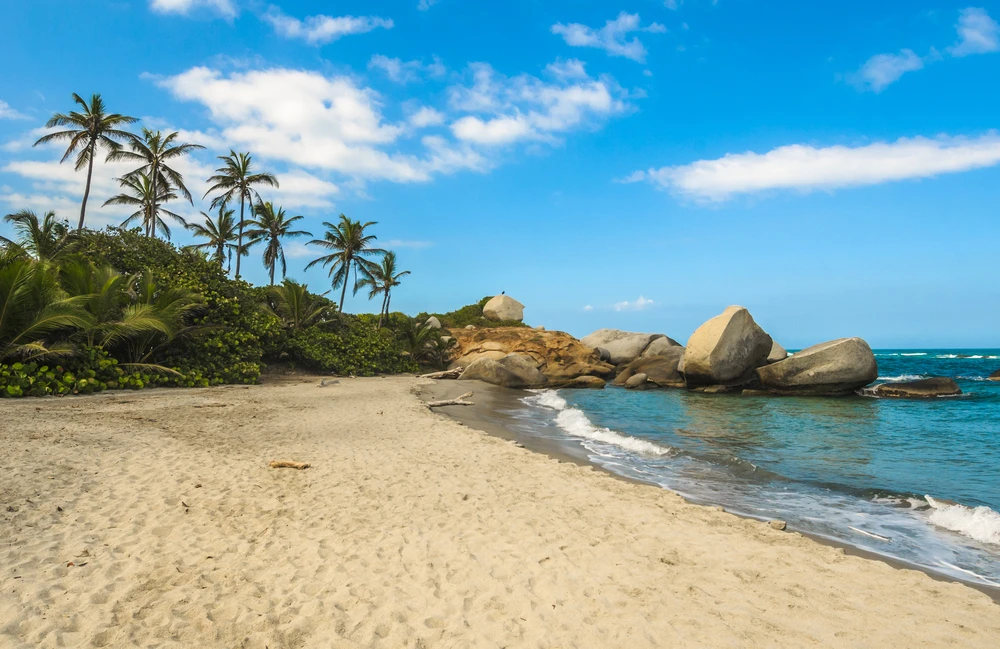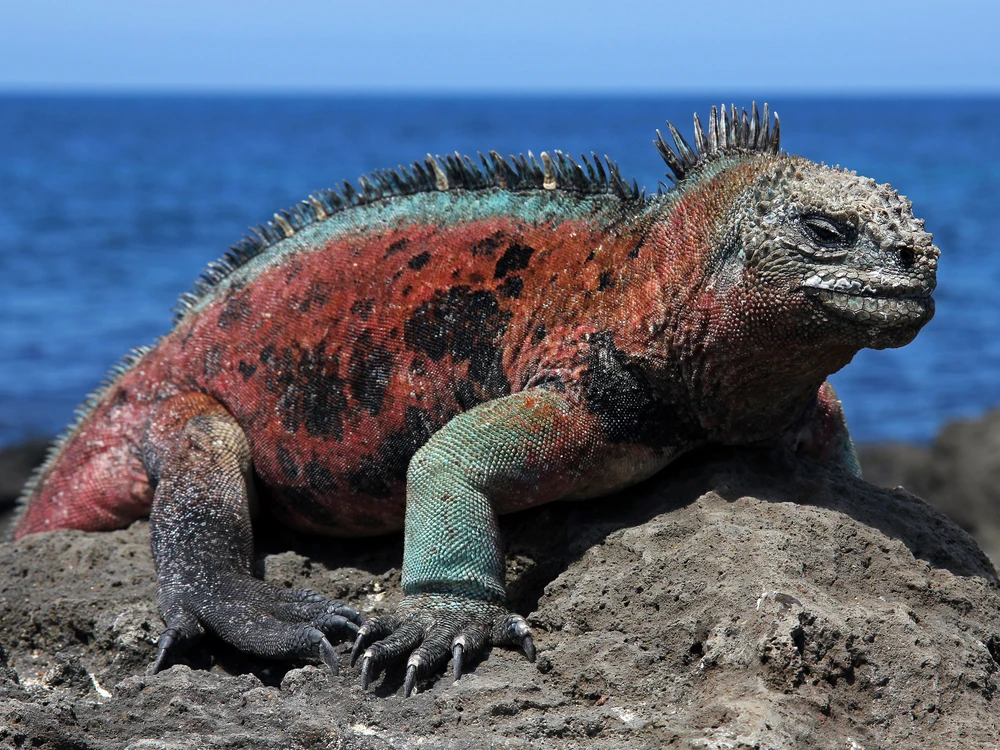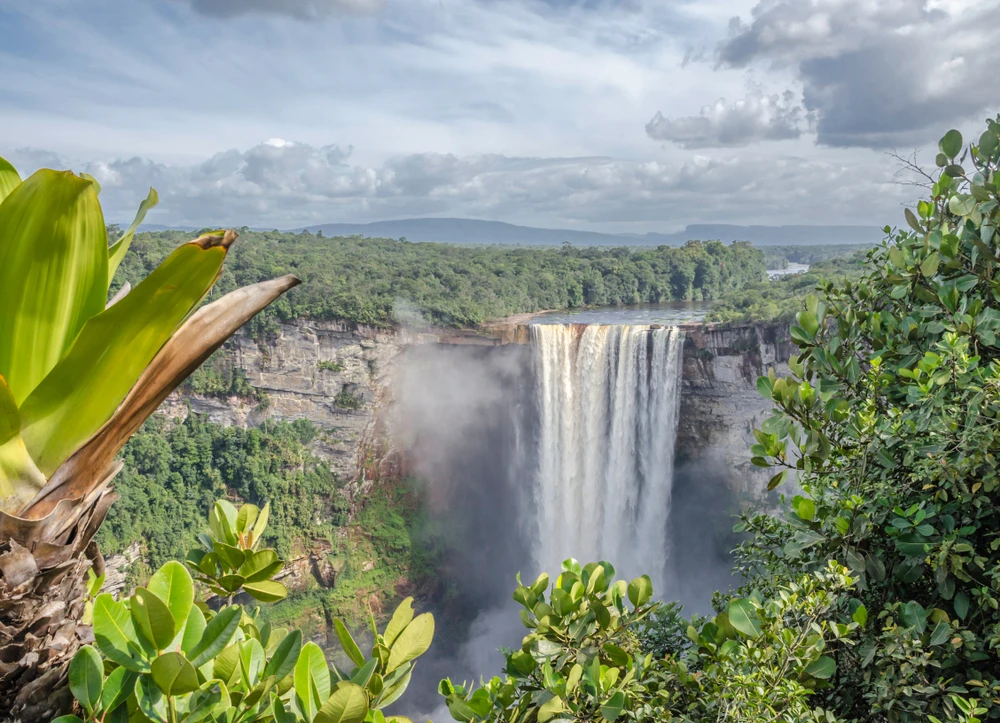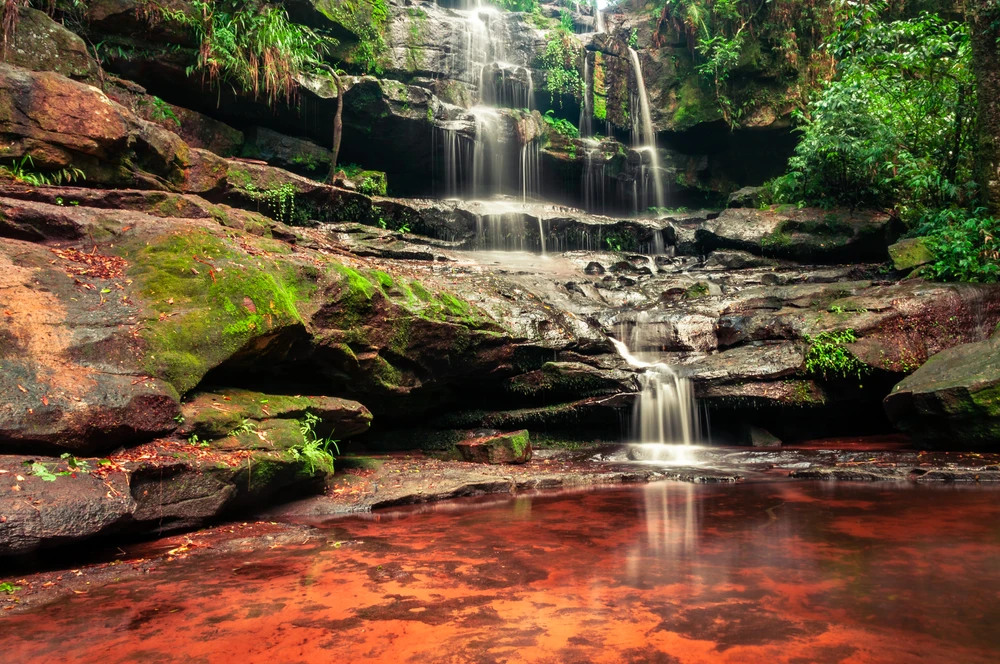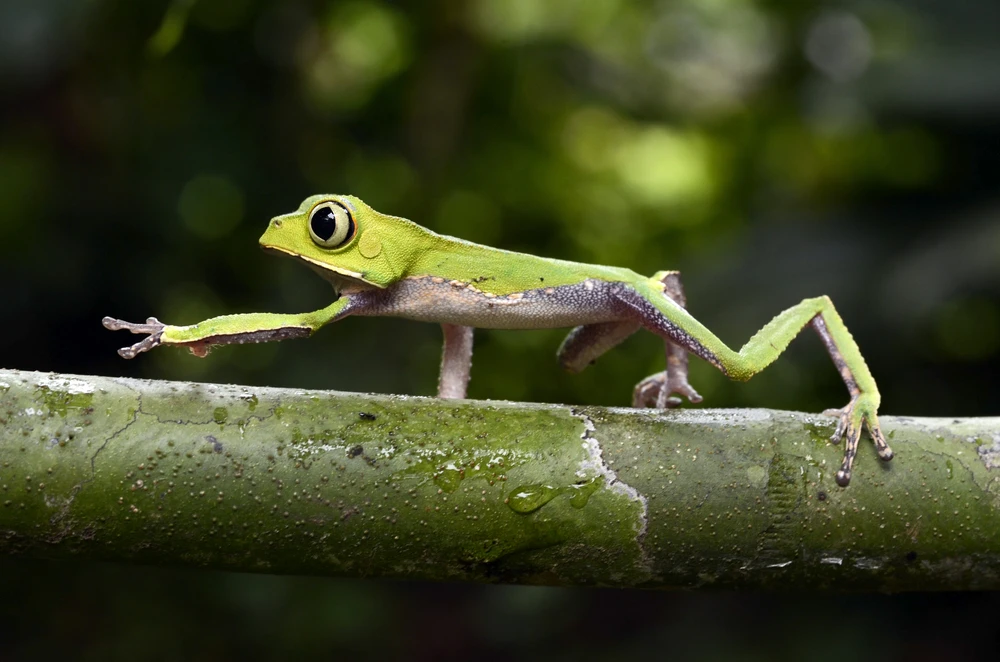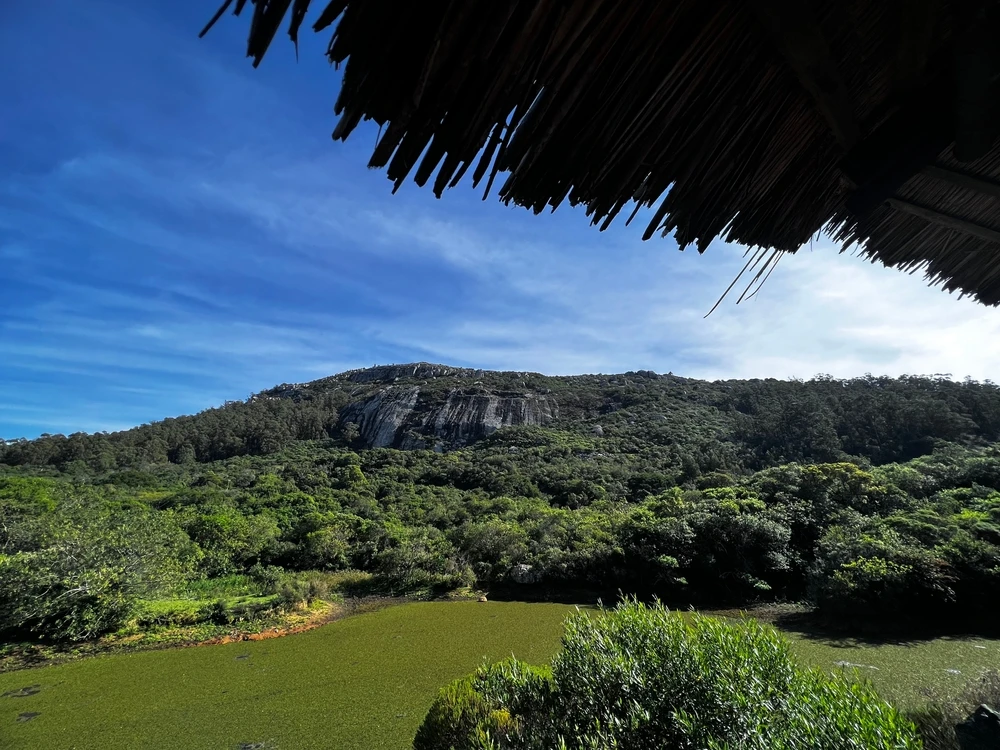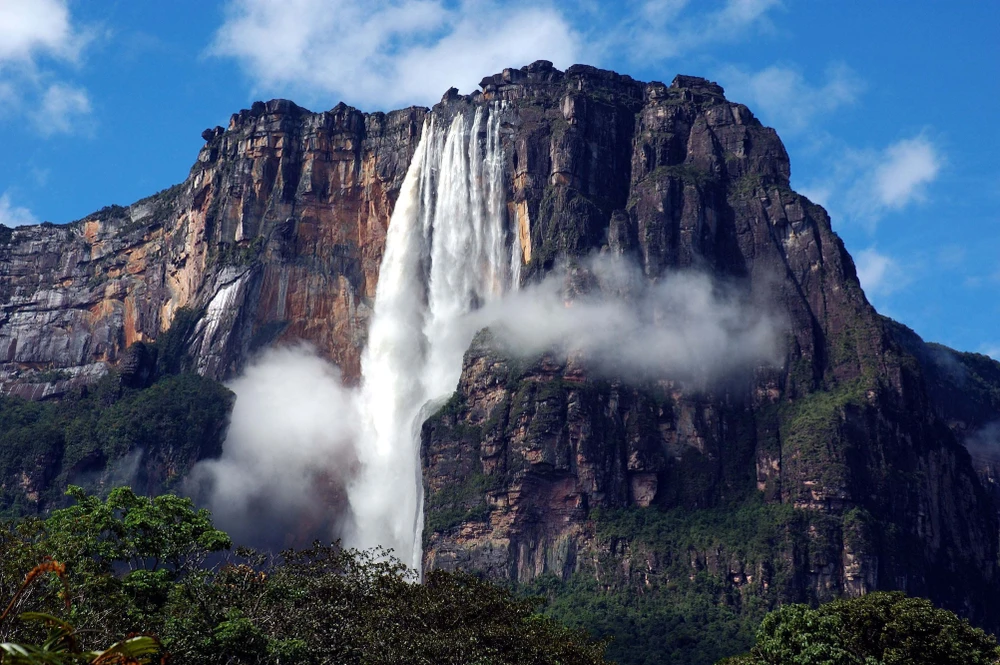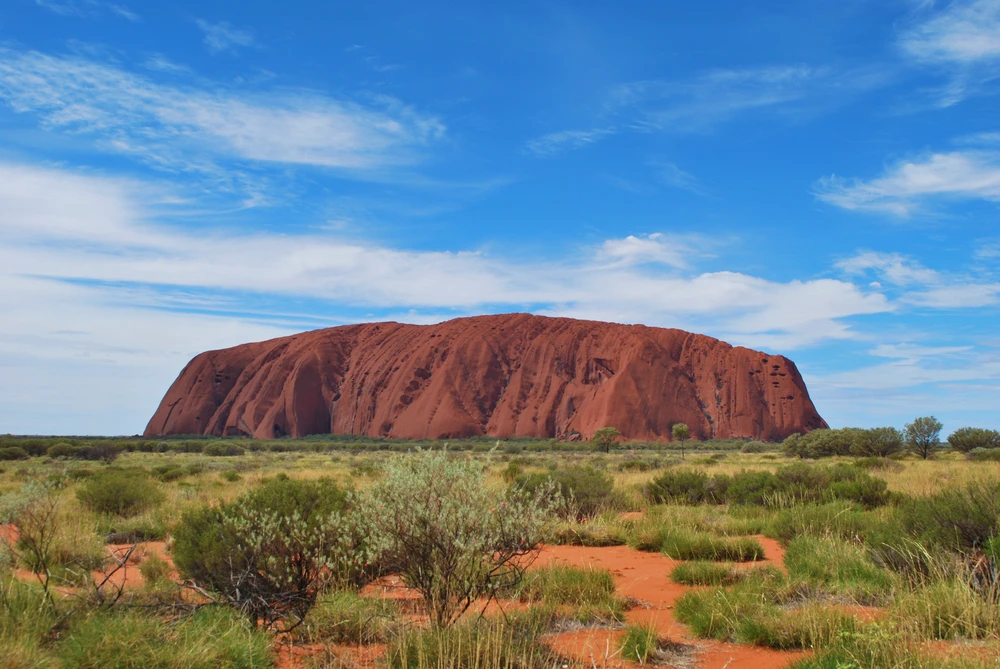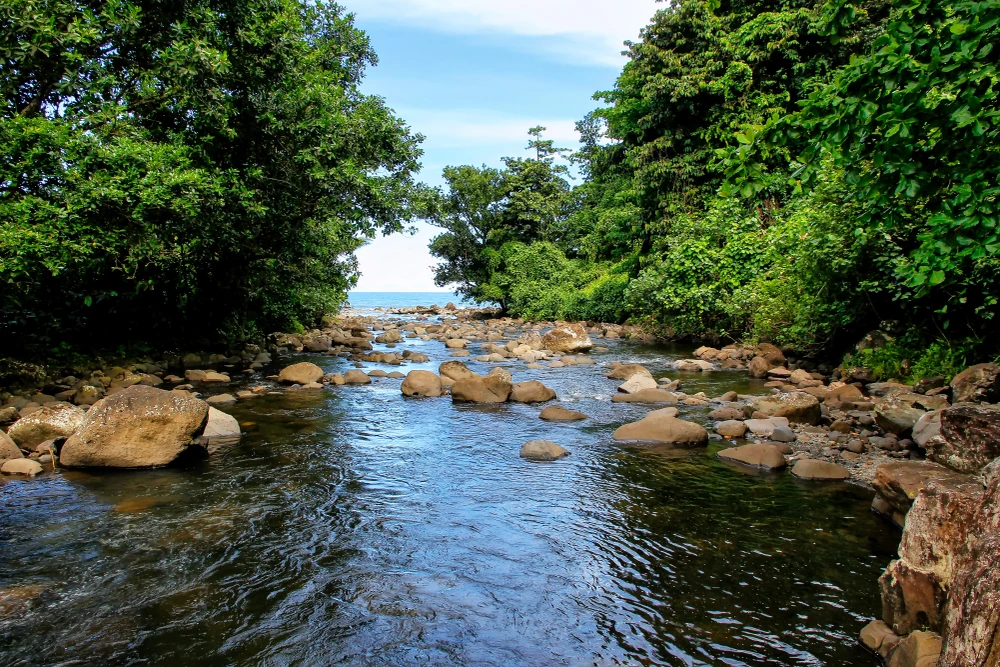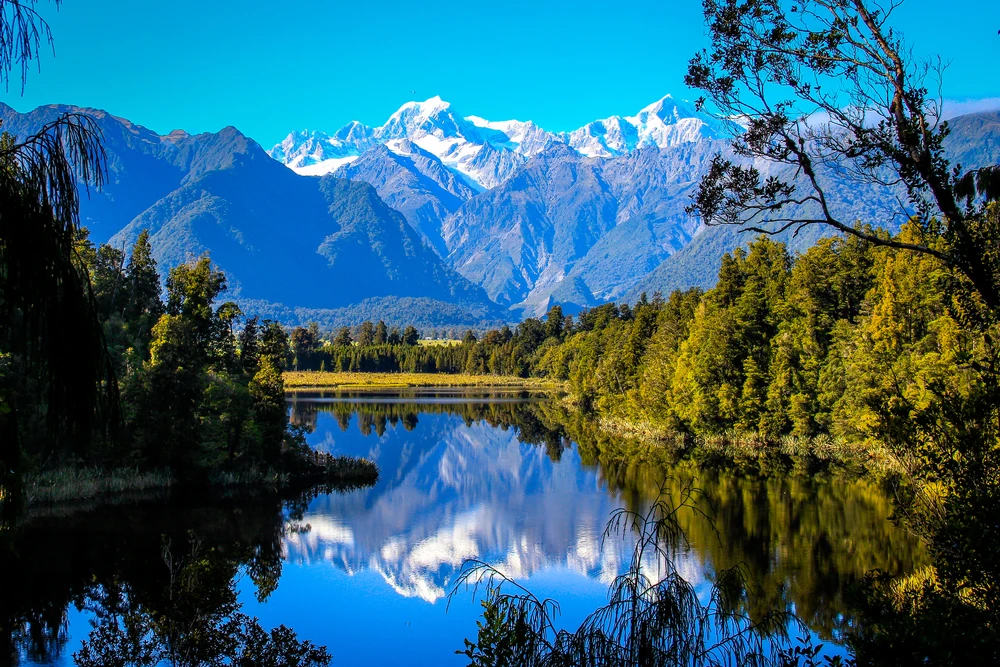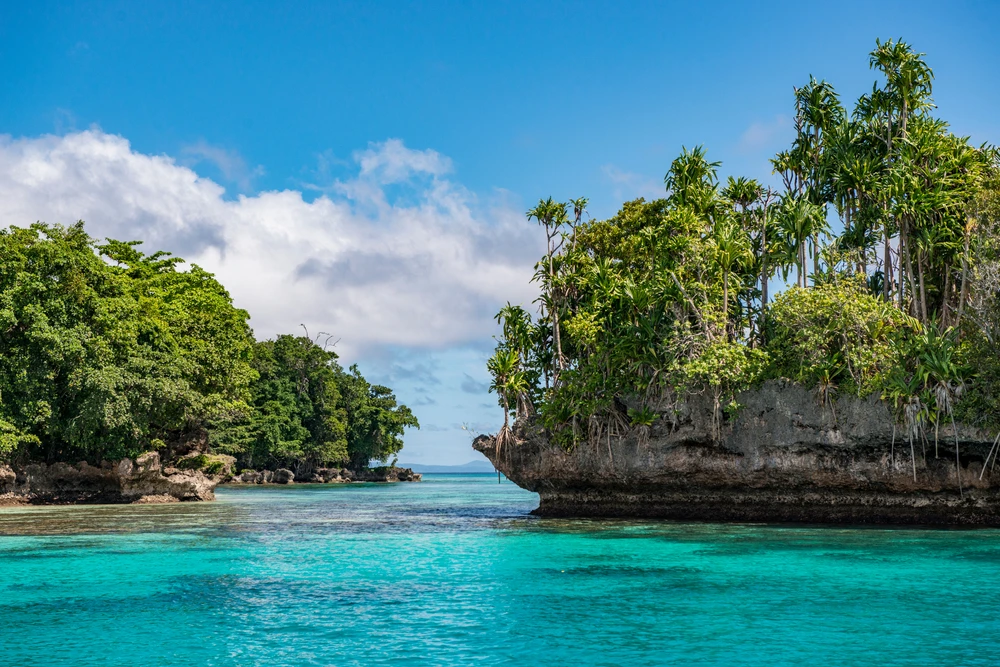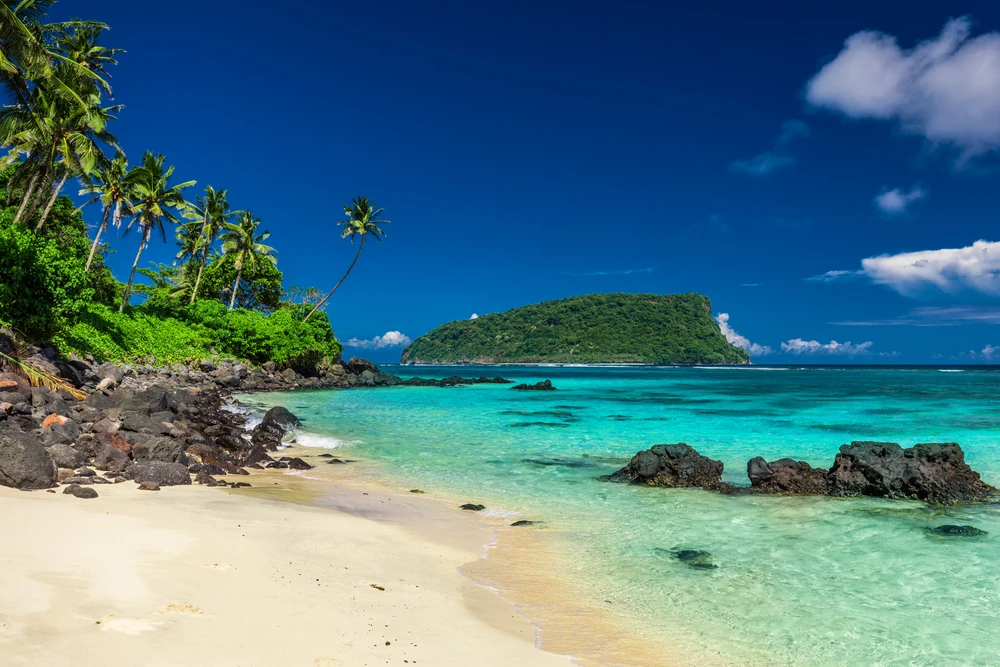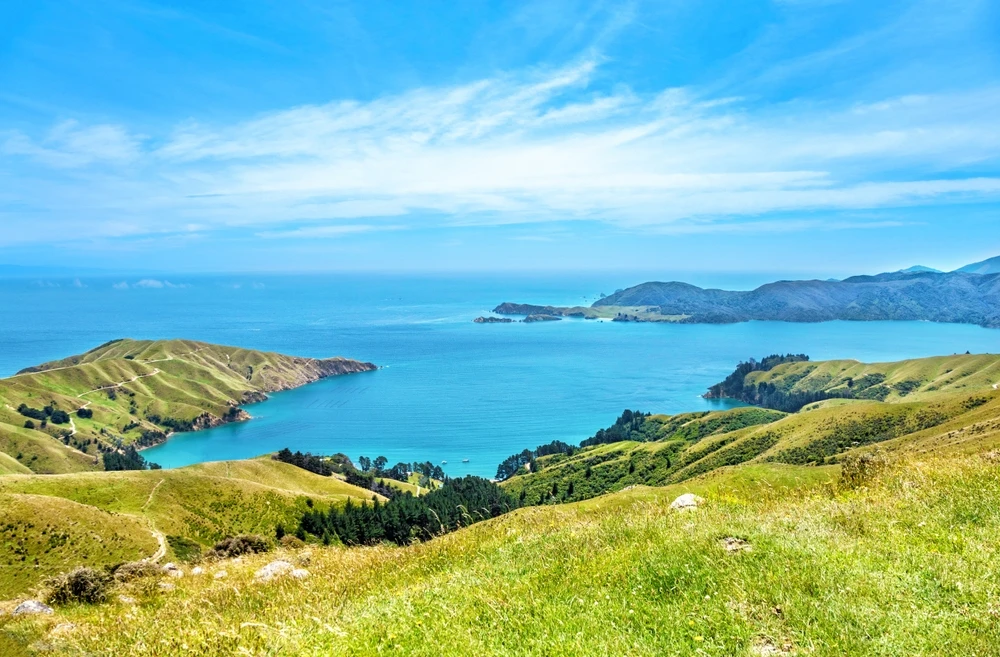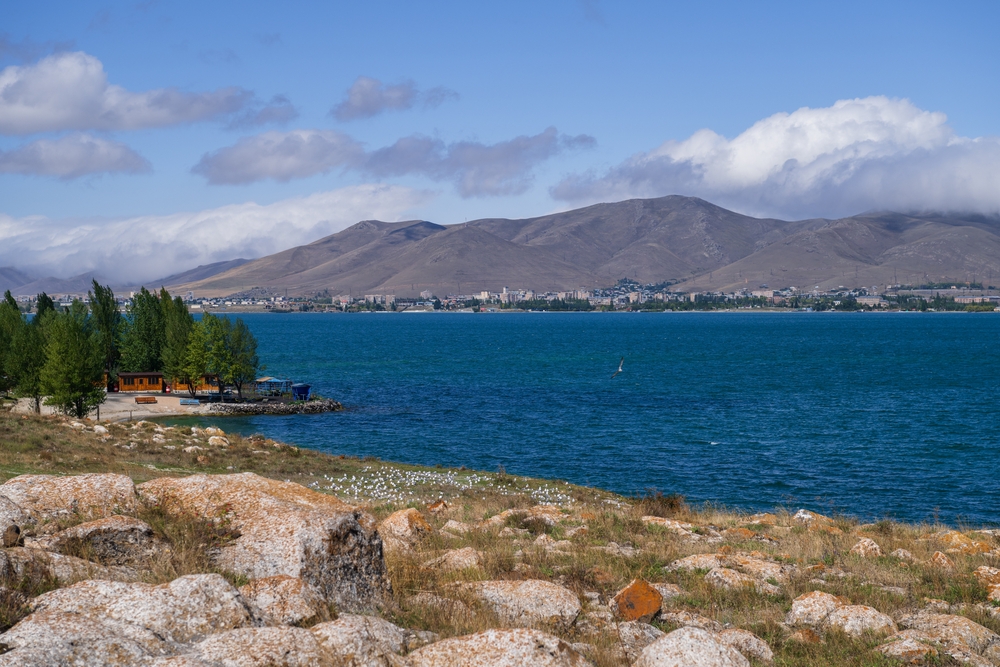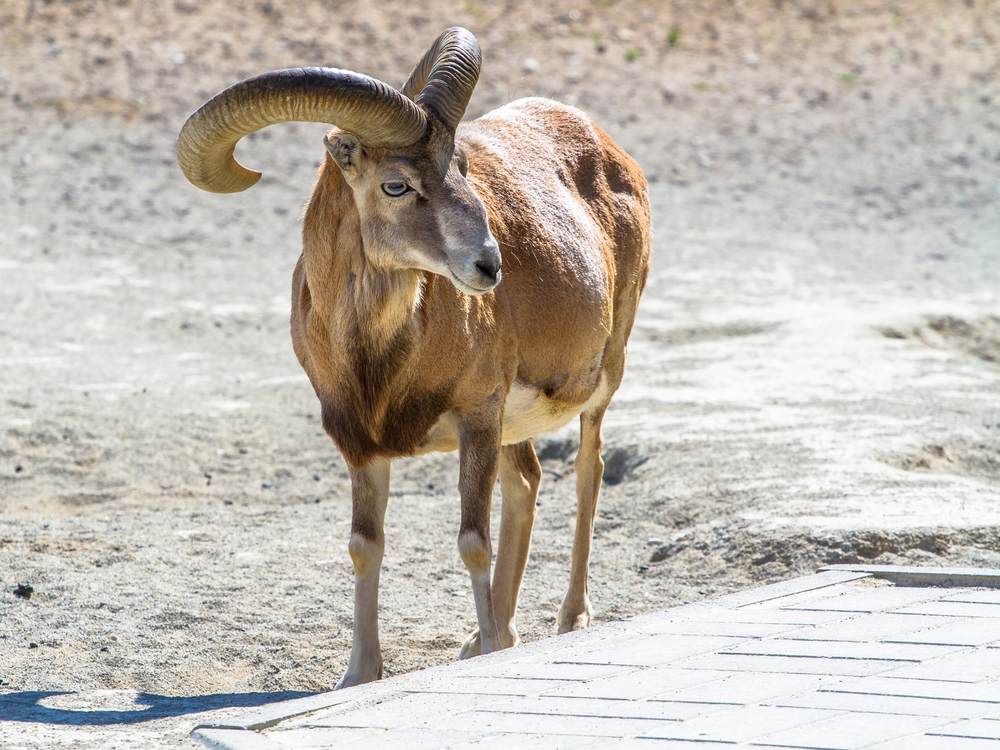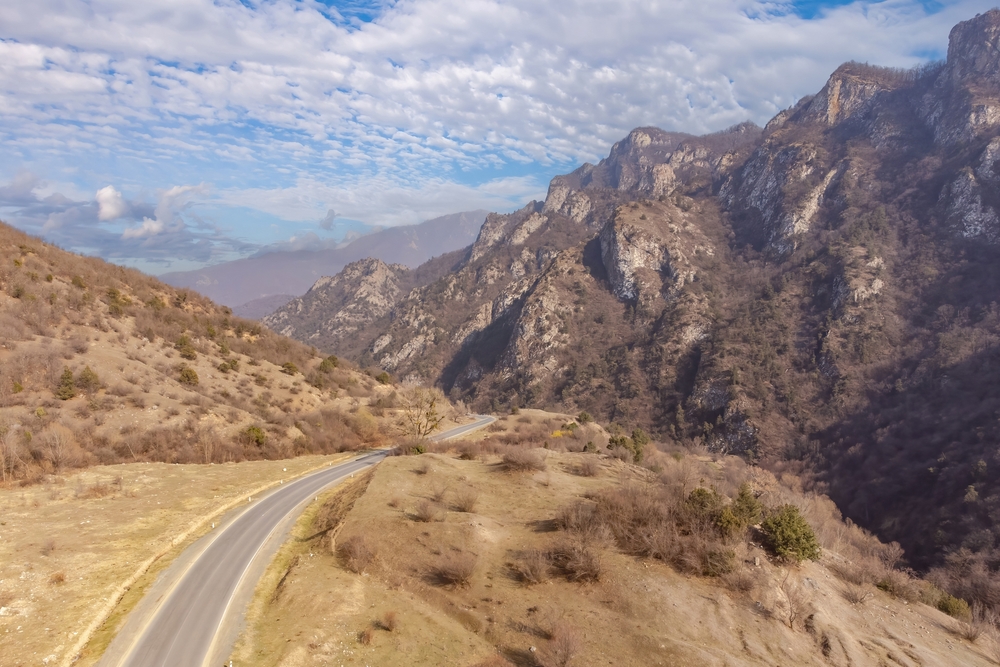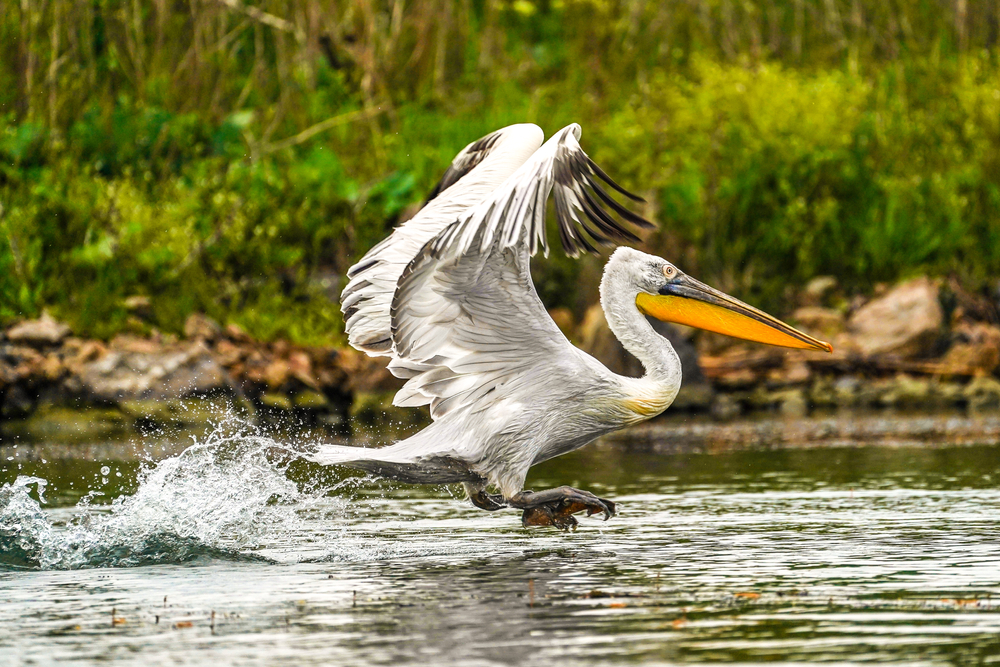Sevan Overview
Sevan National Park, locally known as “Սևան Ազգային Պարկ” (Sevan Azgayin Park), is one of Armenia’s natural treasures, encompassing the iconic Lake Sevan, the largest freshwater lake in the Caucasus region. Spanning over 1,500 square kilometers, this park is a harmonious blend of striking landscapes, ecological diversity, and cultural heritage. The park’s centerpiece, Lake Sevan, is often referred to as the “Blue Pearl of Armenia” and sits at an altitude of approximately 1,900 meters above sea level. Its sparkling waters are surrounded by rolling mountains, alpine meadows, and a mix of forested and open terrains, creating an enchanting setting that captivates visitors.
The vegetation of Sevan National Park varies with its altitude, featuring lush green meadows, clusters of juniper trees, and patches of wildflowers in spring and summer. Its biodiversity is equally impressive, offering sanctuary to numerous species of flora and fauna. Bird enthusiasts are particularly drawn to the park as it is home to various migratory and native bird species, including herons, Armenian gulls, and white storks. In the surrounding waters and wetlands, endemic fish like the Sevan trout can be found, though their populations face significant conservation challenges due to past overfishing and habitat degradation.
Visitors to Sevan National Park can enjoy a variety of activities. The lake itself is a hub for water-based recreation, including swimming, boating, and windsurfing. The surrounding trails invite hikers and nature lovers to explore the diverse landscapes and discover breathtaking views of the lake and mountains. Cultural exploration is another highlight, as the park is dotted with historical landmarks such as the ancient Sevanavank Monastery, which offers a glimpse into Armenia’s rich heritage and stunning vistas from its hilltop perch.
Despite its natural beauty, Sevan National Park faces significant conservation challenges. Overexploitation of resources, water level fluctuations due to human intervention, and pollution pose threats to the ecosystem. Efforts are underway to mitigate these issues through habitat restoration, sustainable tourism initiatives, and stricter fishing regulations. Raising public awareness about the park’s ecological significance remains a priority for ensuring its long-term preservation.
In summary, Sevan National Park offers an unparalleled blend of natural beauty, biodiversity, and cultural richness. Its shimmering lake, diverse terrain, and abundant wildlife provide endless opportunities for exploration and connection with nature. While conservation challenges persist, ongoing efforts to protect and restore this treasured landscape ensure that future generations will continue to experience its wonder. Whether for adventure, relaxation, or cultural discovery, Sevan National Park is a must-visit destination in Armenia.
